A Showdown of Features: Comparing Manga and Manhwa for an Amazing Reading Experience
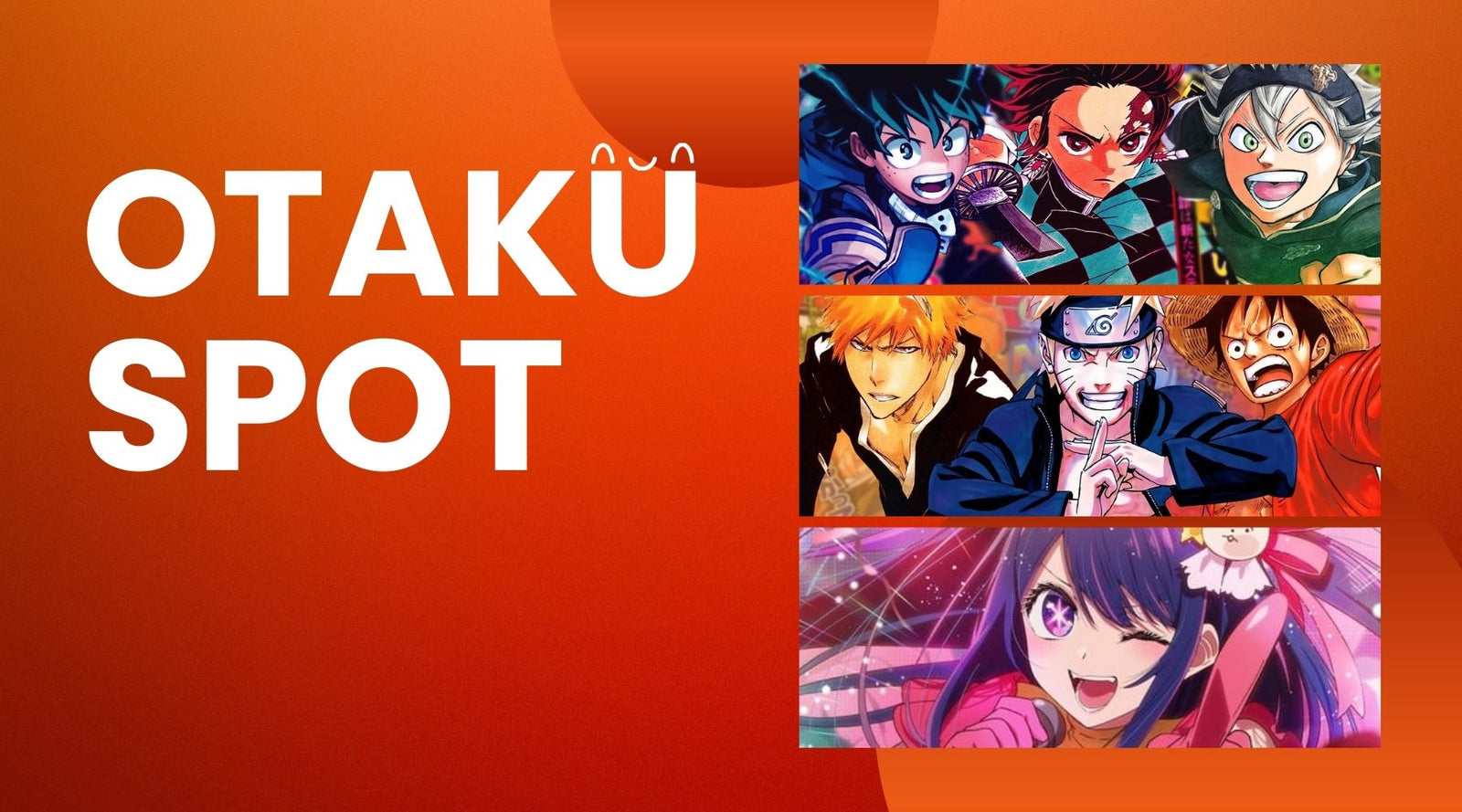
From the heart of East Asia, two riveting forms of art and storytelling have emerged, captivating audiences worldwide - Manga and Manhwa. These two distinct genres of comics have evolved over the decades, influencing not just the comic book industry but also the broader cultural landscape across the globe. This blog post delves into the world of Manga and Manhwa, exploring their origins, unique features, and the intriguing similarities and differences between these two titans of the comics world.
Introduction
Manga and Manhwa: The Titans of the Comics World
When we talk about comics, it's impossible to ignore the cultural impact of Manga and Manhwa. Originating from Japan and South Korea respectively, these two art forms have redefined the way we perceive comics. While Manga has already cemented its place in global pop culture, Manhwa is rapidly gaining popularity, challenging the former's supremacy.
Understanding the Importance of Manga and Manhwa in Modern Art and Storytelling
Manga and Manhwa are more than mere entertainment; they are engaging narratives that address real-world issues, stimulate imagination, and challenge societal norms. Their wide range of genres cater to different readers, from children captivated by the heroic quests in series like Dragon Ball and One Piece, to adults who find depth and intrigue in psychological thrillers such as Death Parade.
Origin and History
Manga: How Japan Revolutionized the Comic Industry
The roots of Manga can be traced back to the 12th and 13th centuries with the Chōjū-giga (Scrolls of Frolicking Animals), a collection of animal drawings by various artists. However, it was in the mid-20th century that Manga found its footing in pop culture, thanks to Tezuka Osamu, the creator of Astro Boy. The American Occupation (1945 to 1952) further boosted Manga's popularity as American and European comics influenced the art style and creativity of Manga creators. By the late 1980s, Manga had become a global phenomenon.
Manhwa: Korea's Unique Take on the Comic Genre
The term 'manhwa' translates to 'impromptu drawings,' a phrase that encapsulates the spontaneity and vibrancy of this unique art form. Unlike Manga, which often features ensemble casts, Manhwa is usually driven by a single charismatic protagonist. This individualistic approach gives Manhwa a distinct flavor and allows for deeper character development.
Understanding the Historical Impact on Manga and Manhwa Styles
Historical and cultural influences have played a significant role in shaping both Manga and Manhwa. Manga, heavily influenced by American and European comics, often features highly stylized characters. On the other hand, Manhwa, while sharing some commonalities with Manga, leans more towards realistic portrayals.
Art Style and Aesthetics
Manga Art: Oversized Eyes, White Skin, and Unique Proportions
One of the defining features of Manga is its distinctive art style. Characters are typically drawn with large, expressive eyes, pale skin, and exaggerated proportions. This highly stylized depiction allows for heightened emotional expression and helps readers connect with the characters on a deeper level.
Manhwa Art: A Rival Artistic Style to Manga
On the other end of the spectrum, Manhwa artists opt for a more realistic approach. Characters in Manhwa comics often have proportionate body structures and are drawn with greater attention to detail. This focus on realism adds a layer of authenticity to the narrative, making the characters seem more relatable.
Comparing the Visual Appeal: Manga vs. Manhwa
While both Manga and Manhwa are visually appealing, they cater to different aesthetic sensibilities. Manga's exaggerated art style and expressive characters appeal to those who enjoy dramatic storytelling. In contrast, Manhwa's realistic artistry resonates with readers who prefer subtlety and authenticity.
Storytelling and Themes
Storylines and Characters in Manga
Manga offers a diverse range of storylines, from action-packed adventures to intricate psychological thrillers. Its character development often revolves around ensemble casts, each with its unique traits and arcs. This diversity allows Manga to cater to a broad audience, ensuring that there is something for everyone.
Storylines and Characters in Manhwa
Manhwa, on the other hand, focuses more on individual journeys. The central protagonist typically carries the narrative, with supporting characters playing secondary roles. This approach allows for a more in-depth exploration of the protagonist's character and drives the narrative forward in a cohesive manner. The themes in Manhwa often revolve around social commentary, shedding light on societal issues and norms.
Comparison of Narrative Techniques in Manga and Manhwa
The narrative techniques in Manga and Manhwa also differ significantly. Manga often employs ensemble casts to drive the story, allowing readers to connect with various characters. Conversely, Manhwa's narrative is typically centered around a single charismatic protagonist. If this character fails to resonate with the reader, the entire story may lose its appeal.
Cultural Influence and Popularity
Manga's Global Reach and Influence
Manga's global influence is undisputed. It has transcended cultural boundaries, inspiring countless adaptations in the form of anime series, and movies, and even influencing western comics. Its widespread popularity can be attributed to its diverse genres, unique art style, and memorable characters.
Manhwa's Rising Popularity and Influence
While not as globally recognized as Manga, Manhwa is rapidly gaining traction. Its realistic art style and focus on social commentary resonate with many readers. The rise of digital platforms has also made Manhwa more accessible, contributing to its growing popularity.
Cultural Impact: Manga vs. Manhwa
Both Manga and Manhwa have had a significant impact on global pop culture. While Manga's influence is more pervasive, Manhwa's growing popularity indicates a shift in the comic landscape. As more readers discover and appreciate the unique storytelling and artistic style of Manhwa, it continues to carve out its niche in the
Reading Experience and Accessibility
Reading Manga: Right to Left
Reading Manga offers a unique experience as it is read from right to left, following the traditional Japanese writing style. This may seem unusual for Western readers initially, but it quickly becomes second nature and adds a distinctive touch to the reading experience.
Reading Manhwa: Left to Right or Top to Bottom?
On the other hand, Manhwa is typically read from left to right, similar to Western comics. However, with the increasing popularity of digital Manhwa (also known as webtoons), readers often scroll down to read, enhancing accessibility, especially on mobile devices.
Comparing the Reader Experience: Manga vs. Manhwa
Both Manga and Manhwa offer immersive reading experiences, albeit in different ways. The right-to-left format of Manga provides a unique perspective, while the scroll-down format of digital Manhwa aligns with modern reading habits. The choice between the two often boils down to personal preference.
Online Communities and Discussion Platforms
Manga's Online Presence and Community Engagement
Manga boasts a significant online presence, with numerous platforms offering both paid and free access to a vast array of Manga series. Its online communities are vibrant spaces for fans to engage in discussions, share fan art, and even create their own Manga-inspired stories.
Manhwa's Growing Online Fandom
Similarly, Manhwa has seen a surge in online fandom. Digital platforms have played a crucial role in this growth, making Manhwa more accessible to global readers. The rise of webtoons has particularly bolstered the popularity of Manhwa, attracting a new generation of comic book enthusiasts.
Manga and Manhwa Communities: A Comparative Analysis
While both Manga and Manhwa enjoy active online communities, their engagement dynamics differ. Manga communities are often larger due to their longer-standing global presence. However, Manhwa communities, though smaller, are rapidly growing and boast high levels of reader engagement. Regardless of size, both communities offer a space for fans to discuss, debate, and share their love for these art forms.
Conclusion
Key Differences Between Manga and Manhwa
The key differences between Manga and Manhwa lie in their origins, artistic styles, storytelling techniques, and reading formats. While Manga is known for its highly stylized art and ensemble-based narratives, Manhwa stands out with its realistic art style and individualistic protagonist-driven stories. The right-to-left reading format of Manga contrasts with the left-to-right (or top-to-bottom in digital format) reading style of Manhwa.
The Future of Manga and Manhwa
The future of both Manga and Manhwa looks promising. As global appreciation for these art forms continues to grow, we can expect to see even more innovative storytelling, artistic evolution, and cultural impact. Digital platforms will play a significant role in this growth, making Manga and Manhwa more accessible to a global audience.
Tips for Choosing Between Manga and Manhwa Based on Personal Preferences
Choosing between Manga and Manhwa boils down to personal preference. If you enjoy stylized art, ensemble casts, and a unique reading format, Manga might be the right choice for you. However, if you prefer realistic art, protagonist-driven stories, and a more familiar reading format, you might find Manhwa more appealing. The best way to decide is to explore both and discover which one resonates with you.
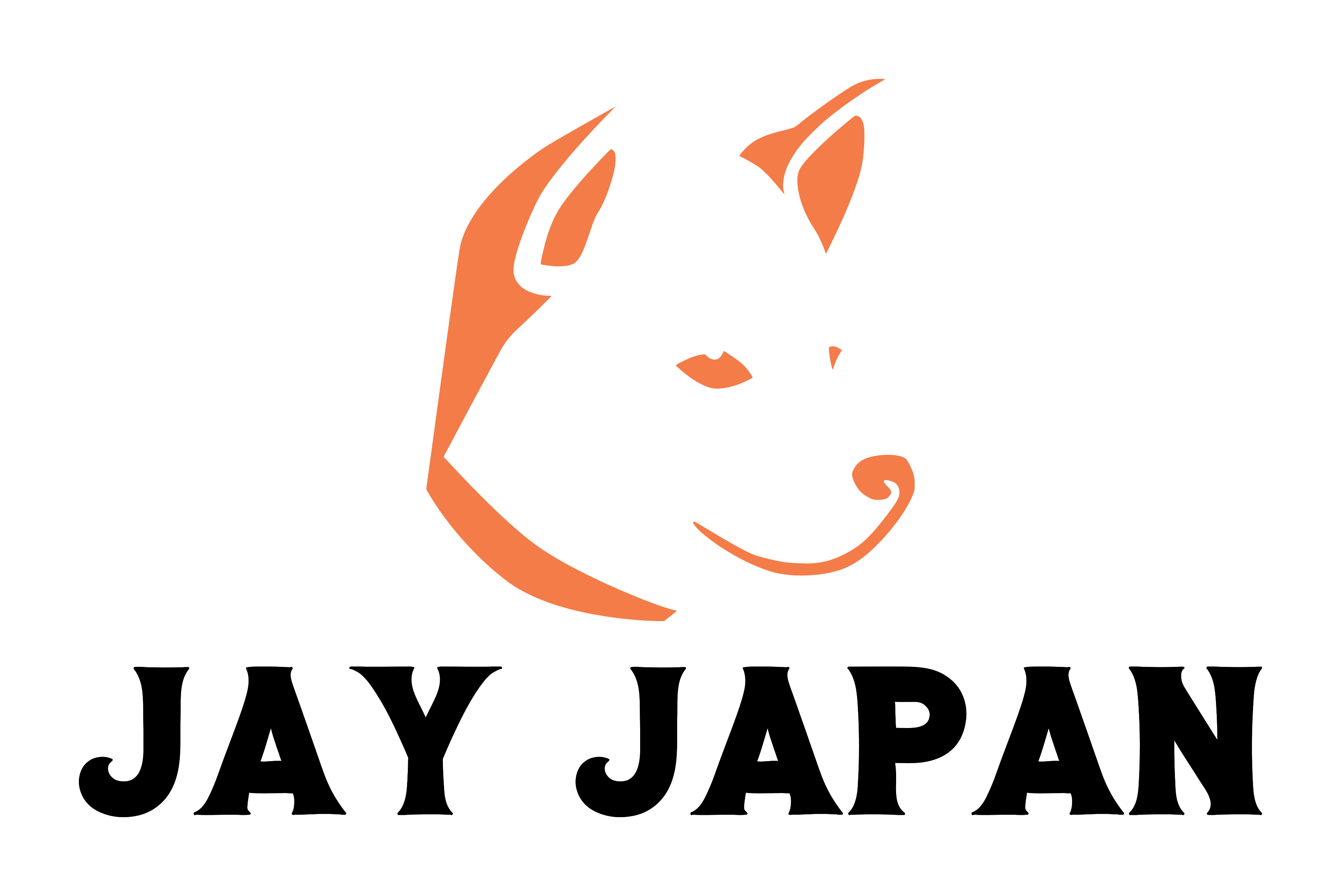



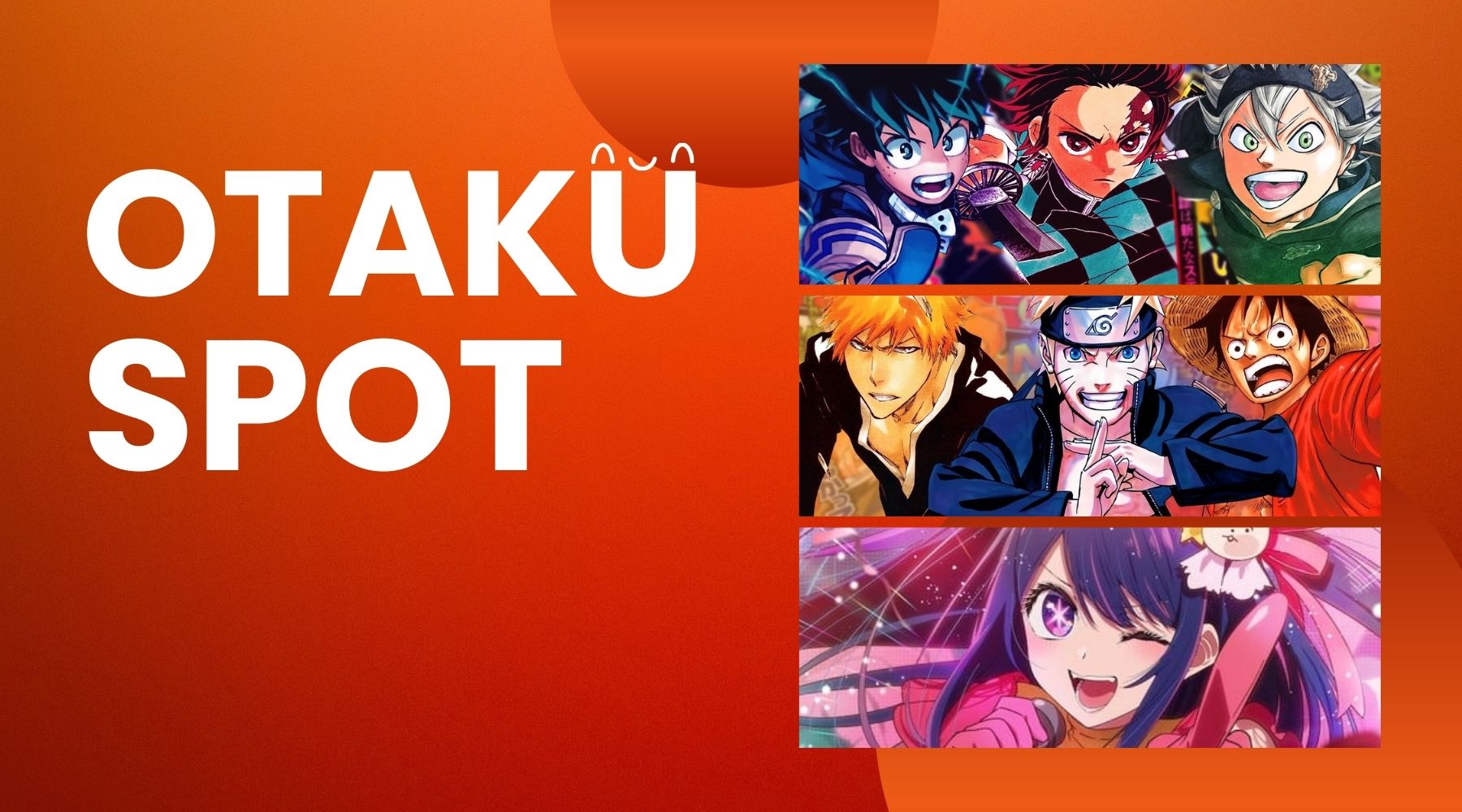
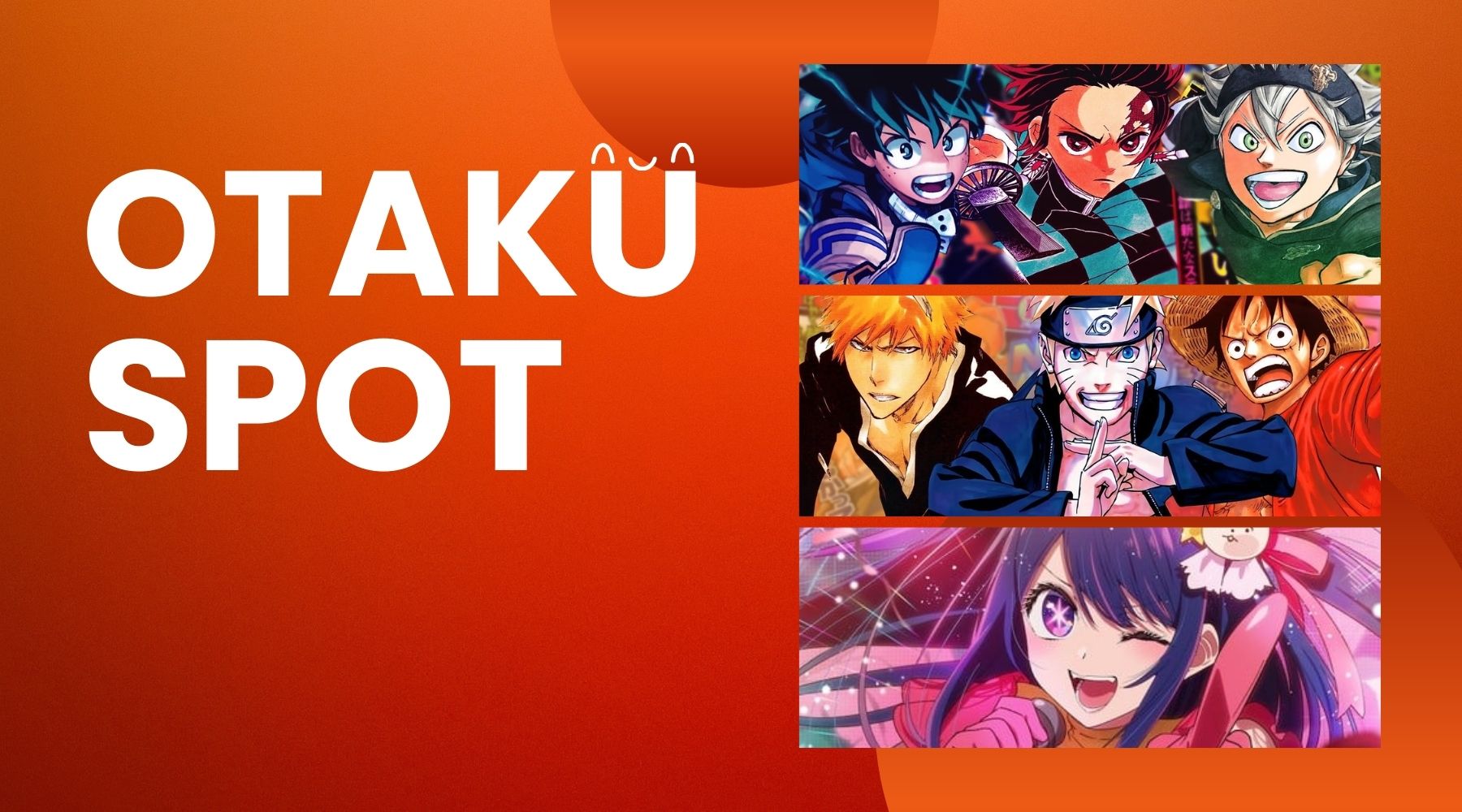
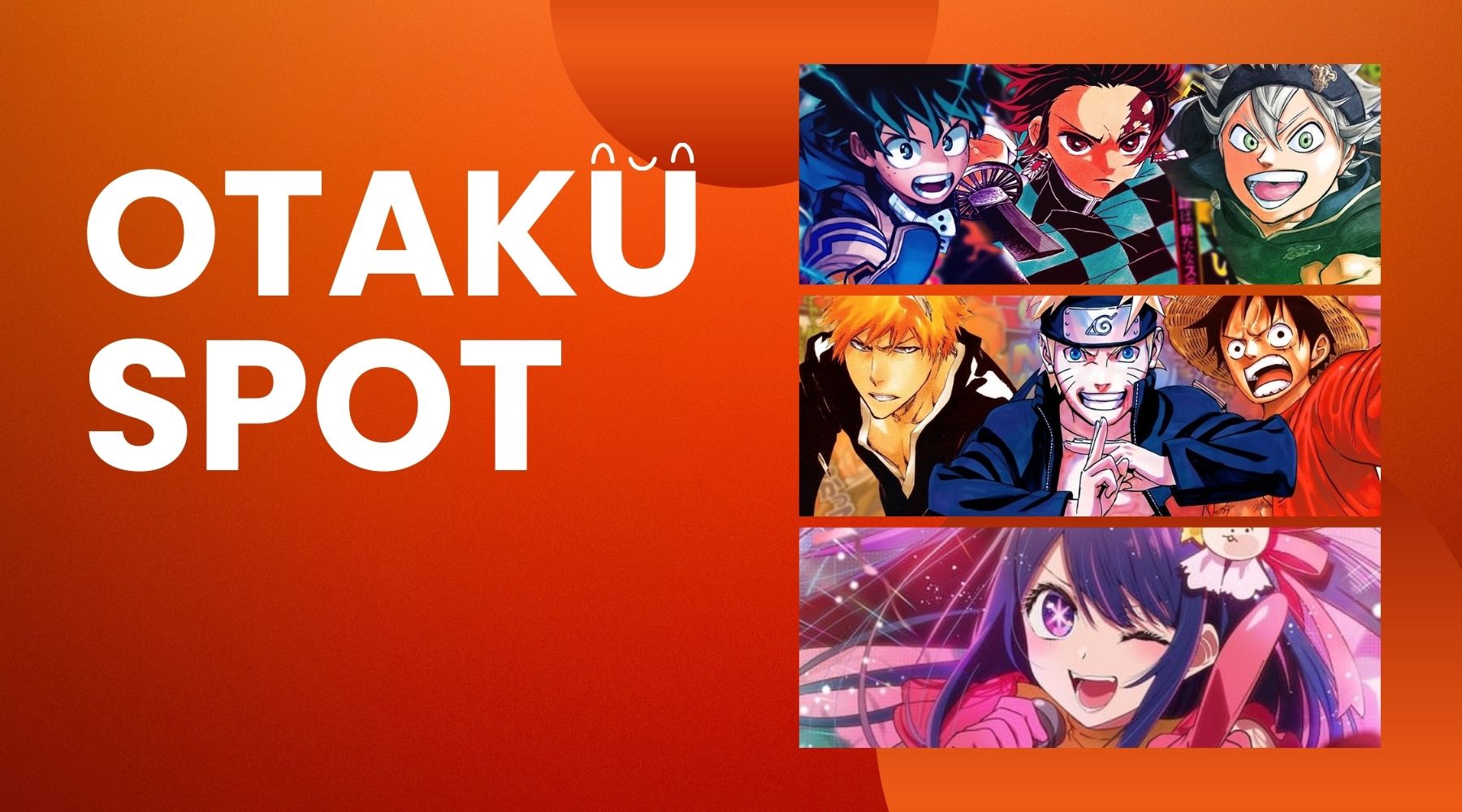
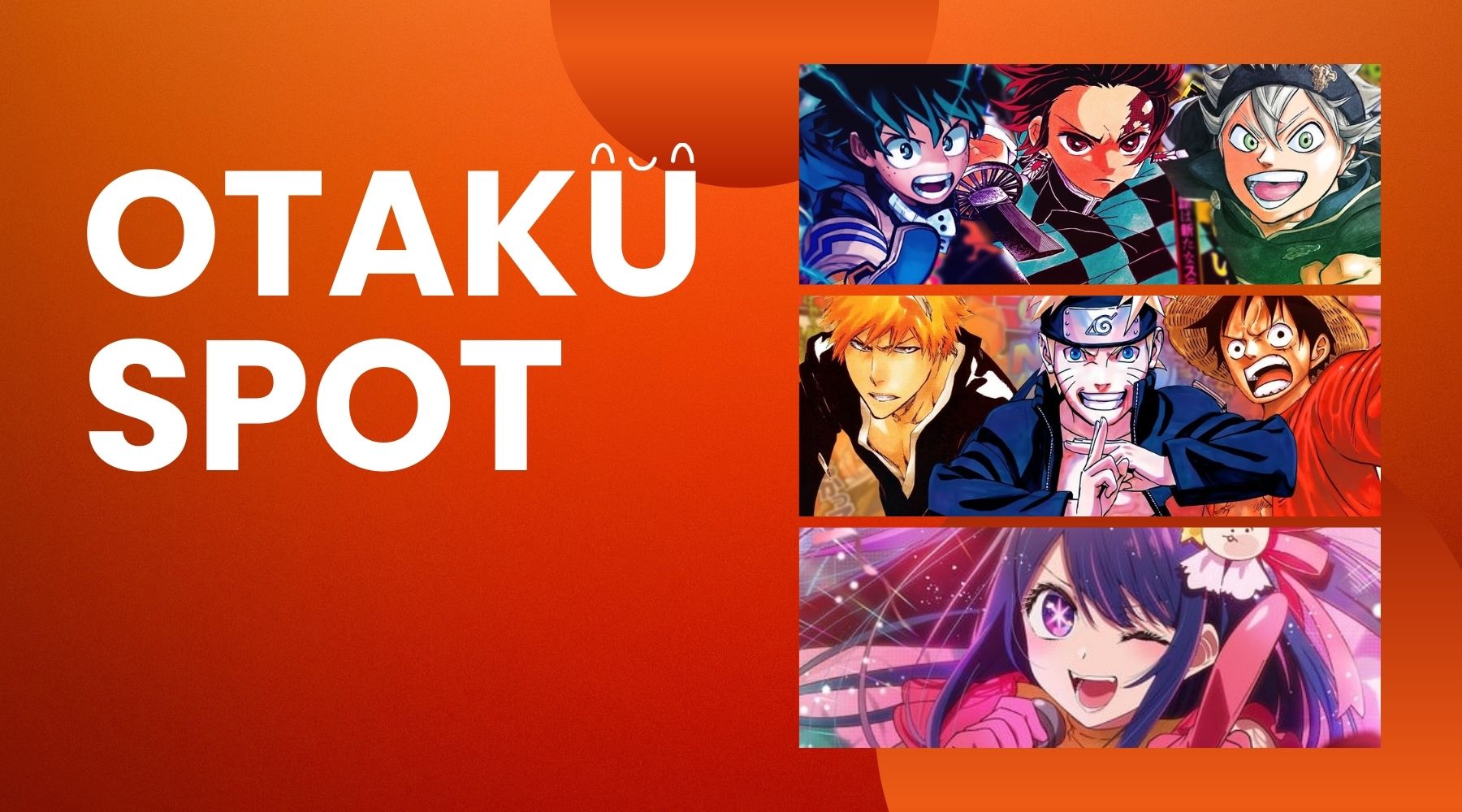
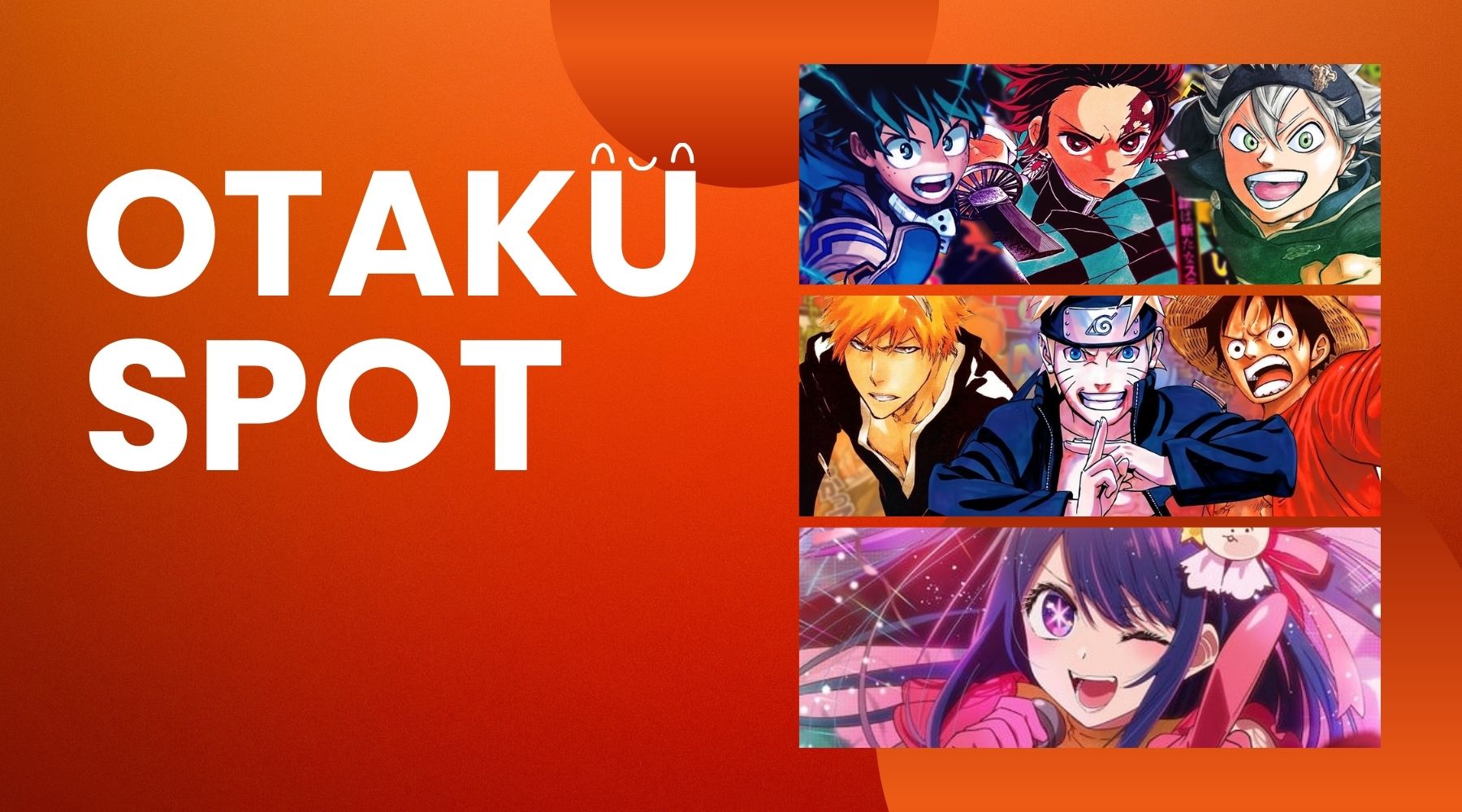
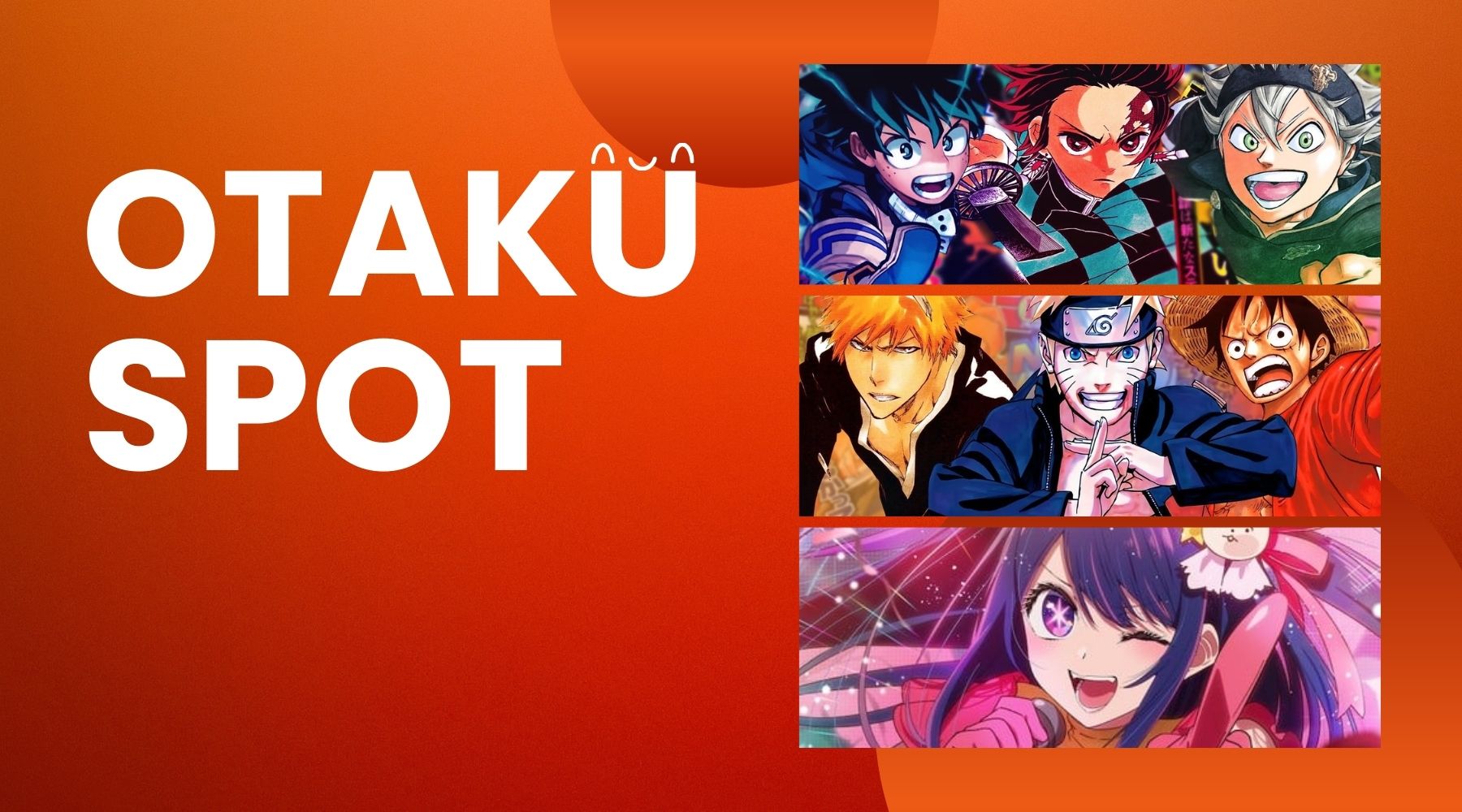
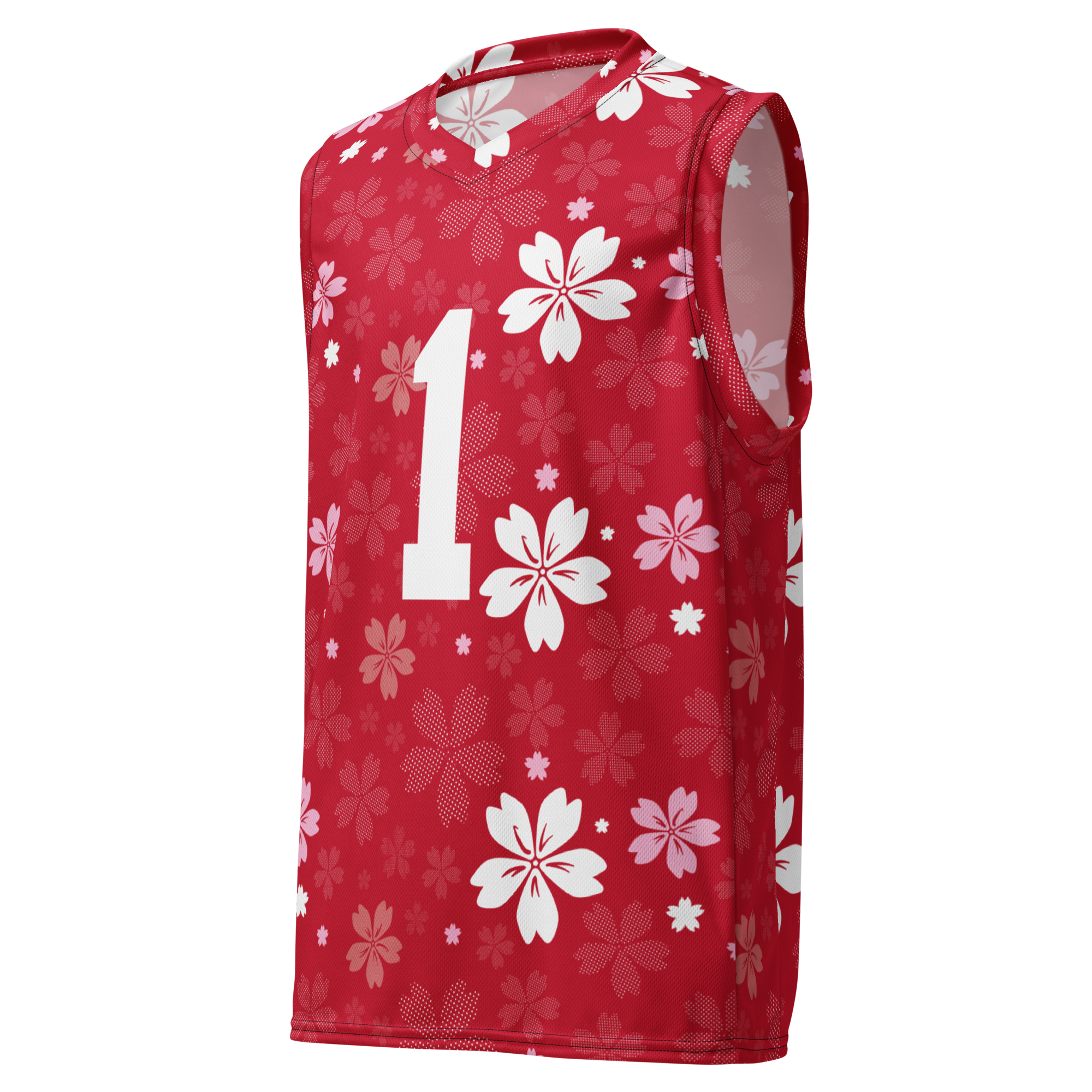
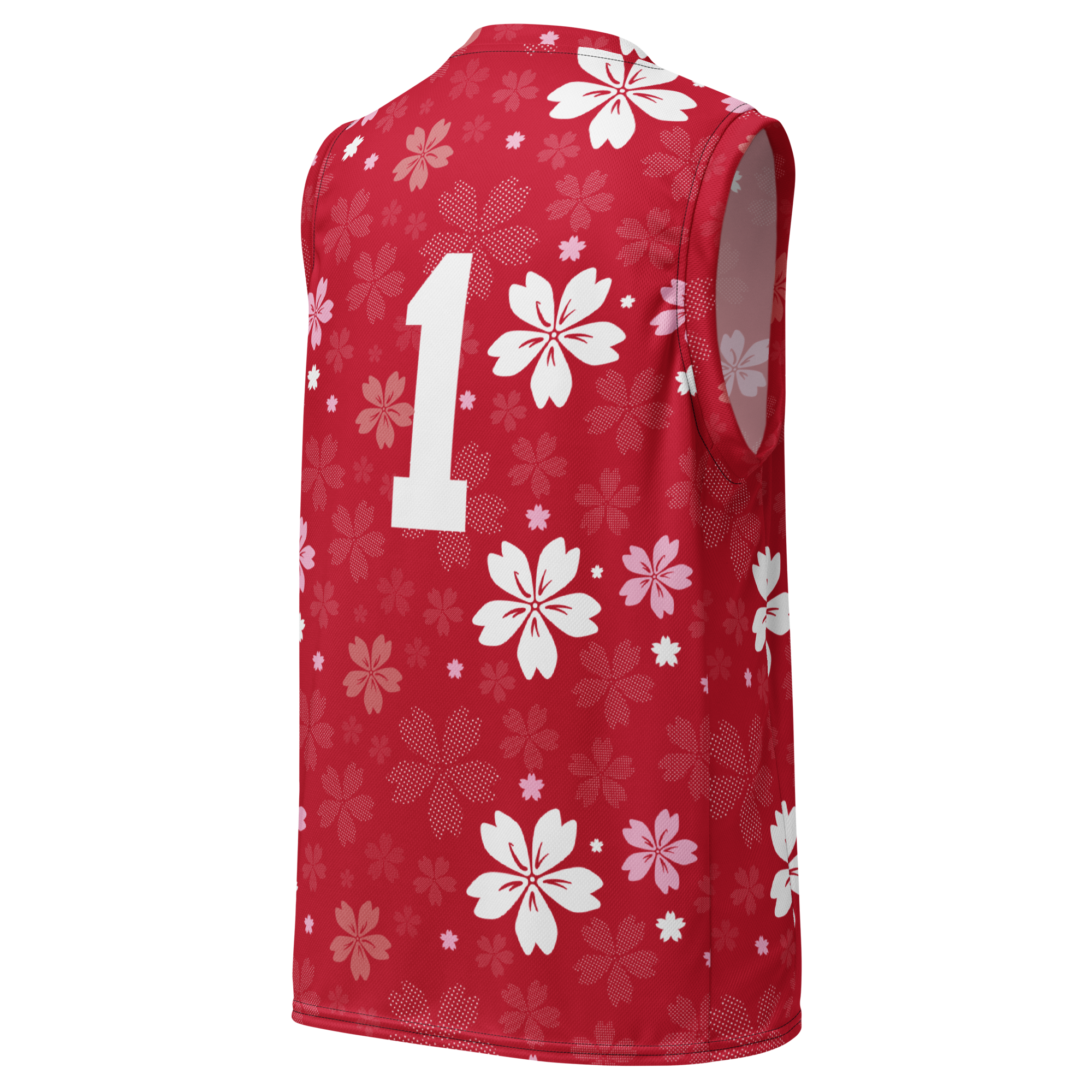
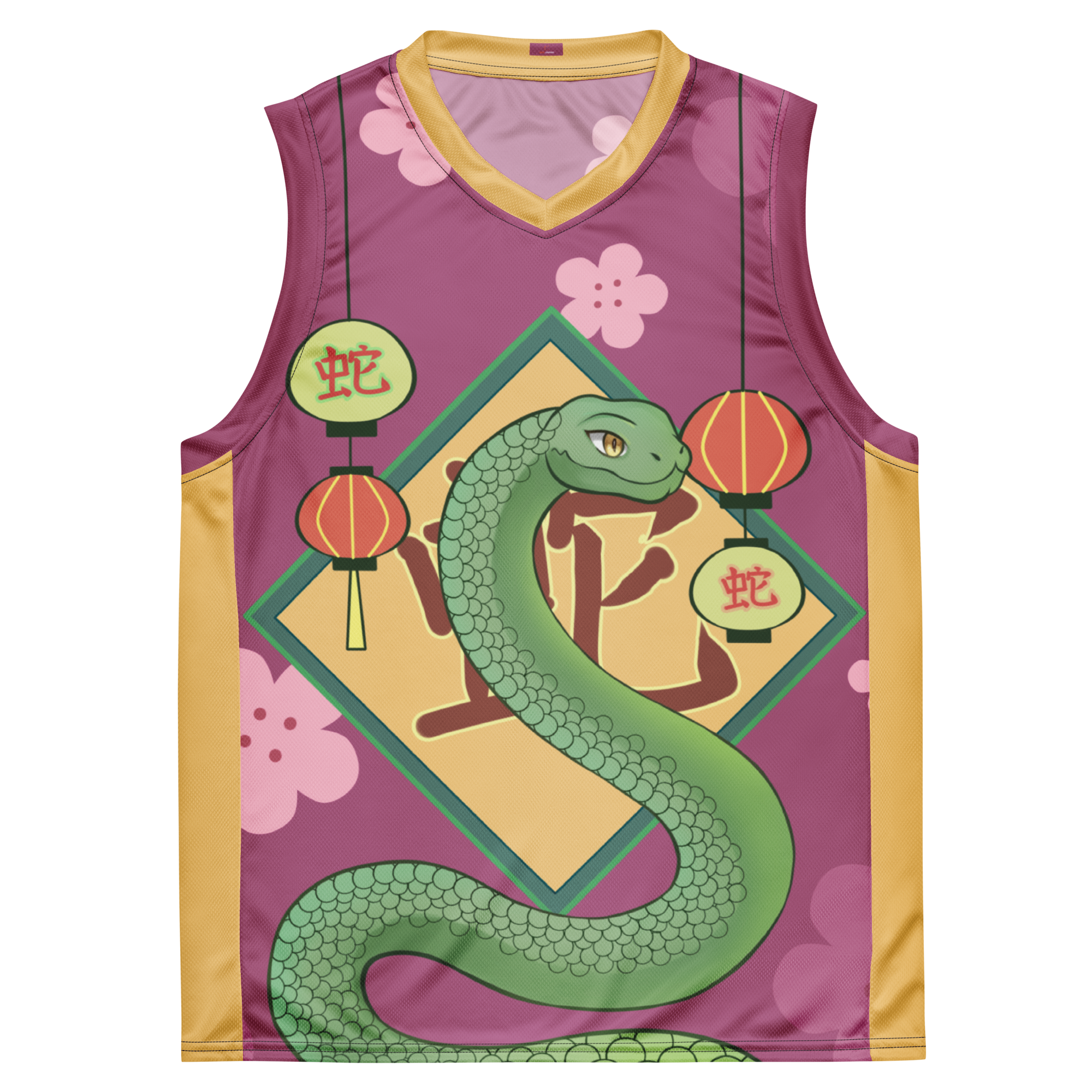
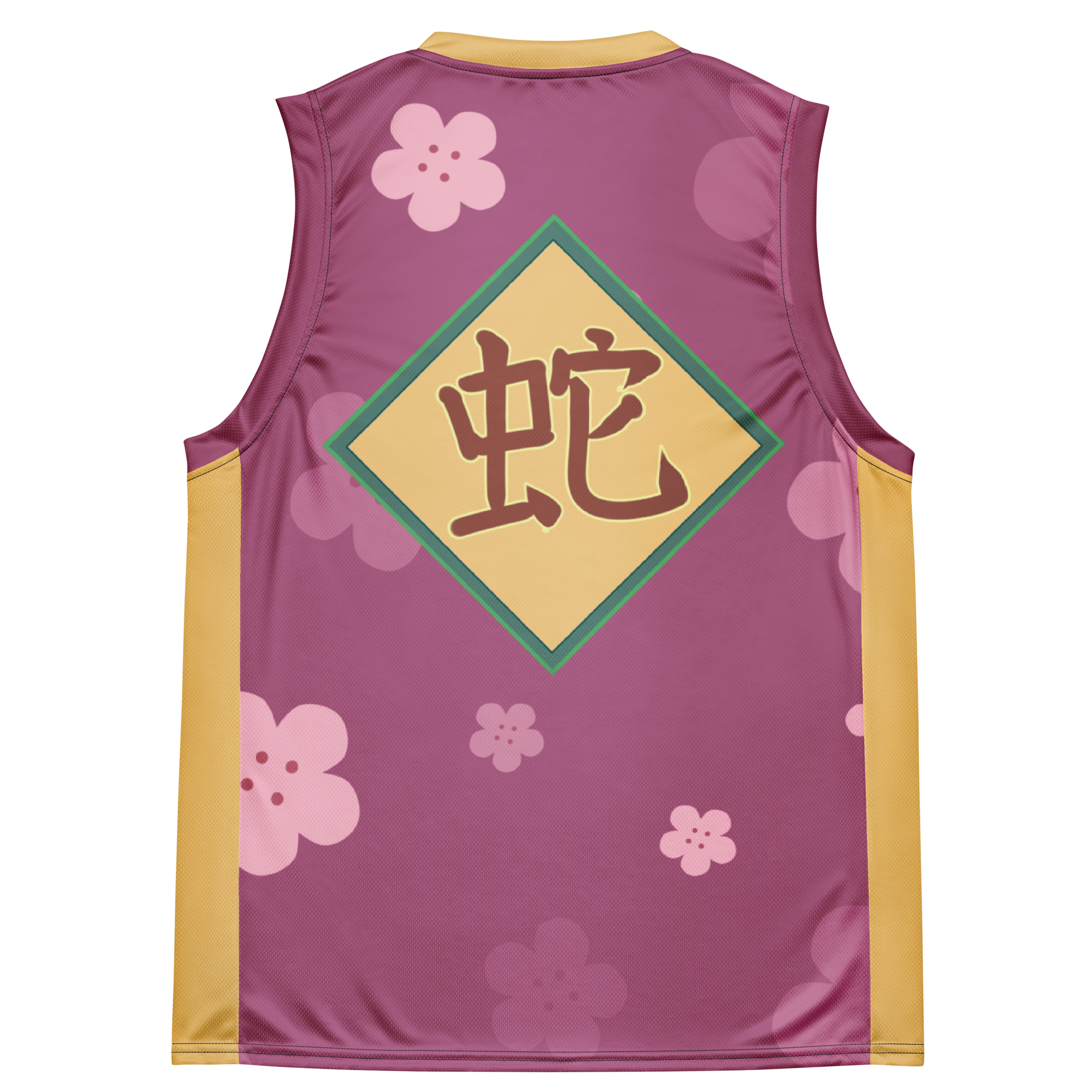
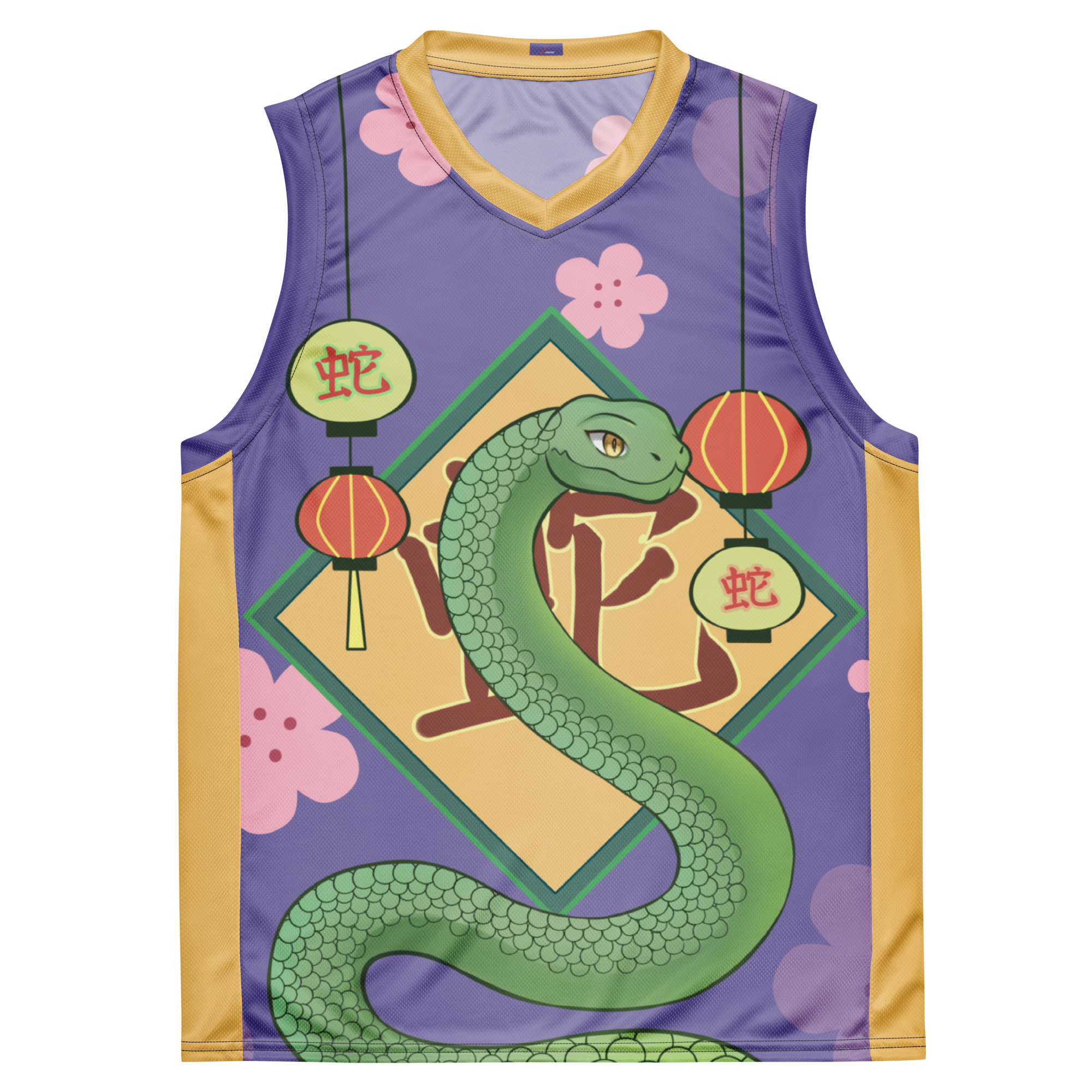
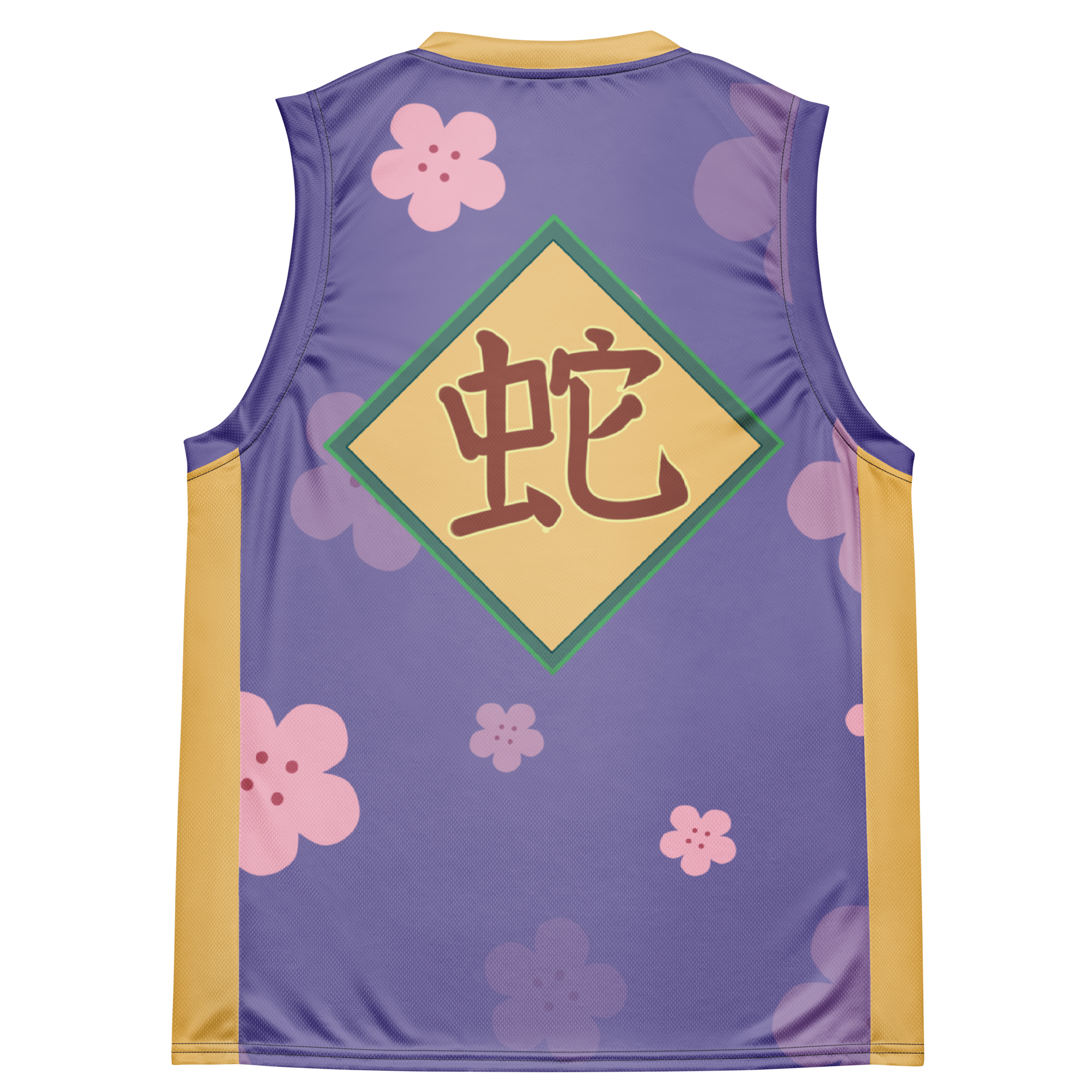
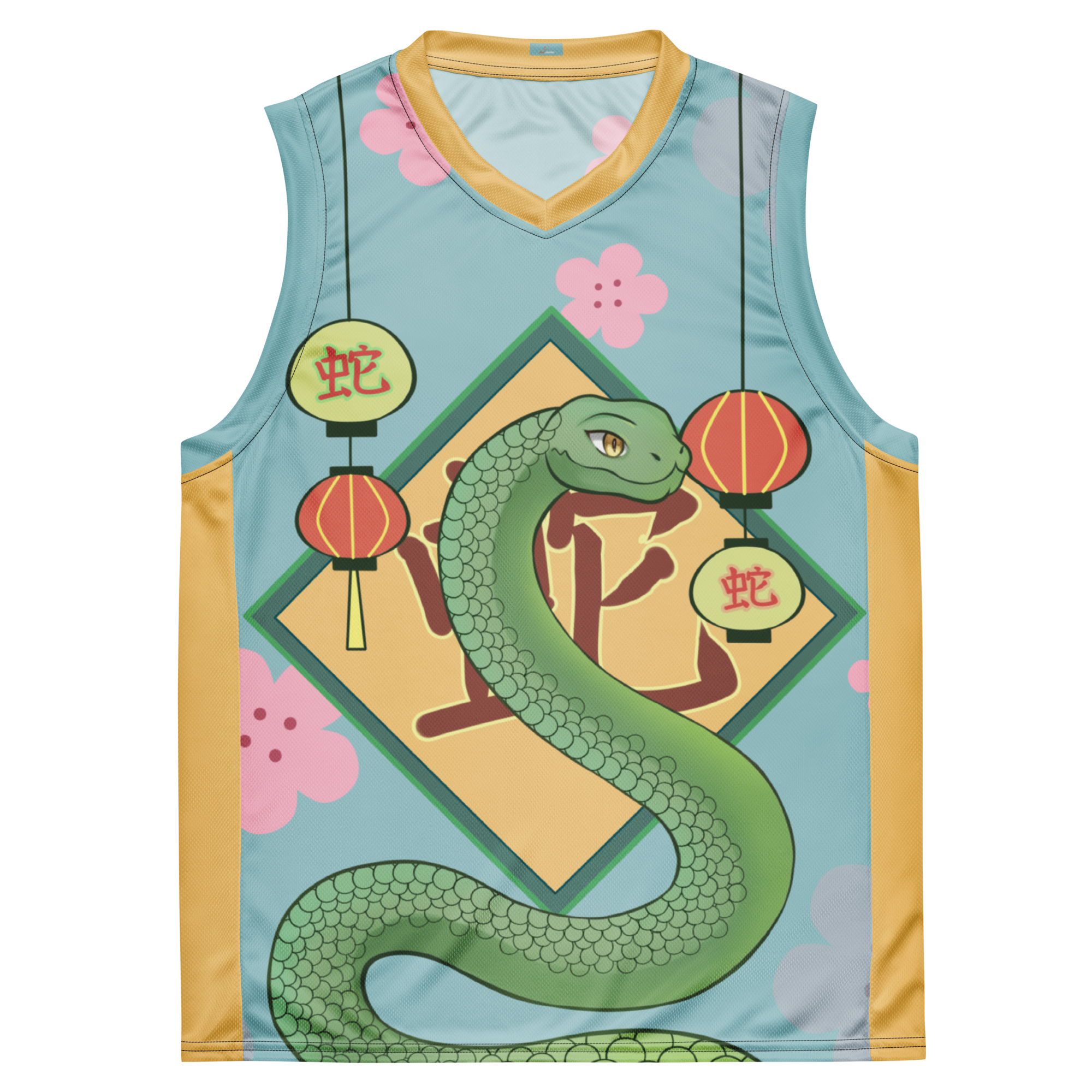
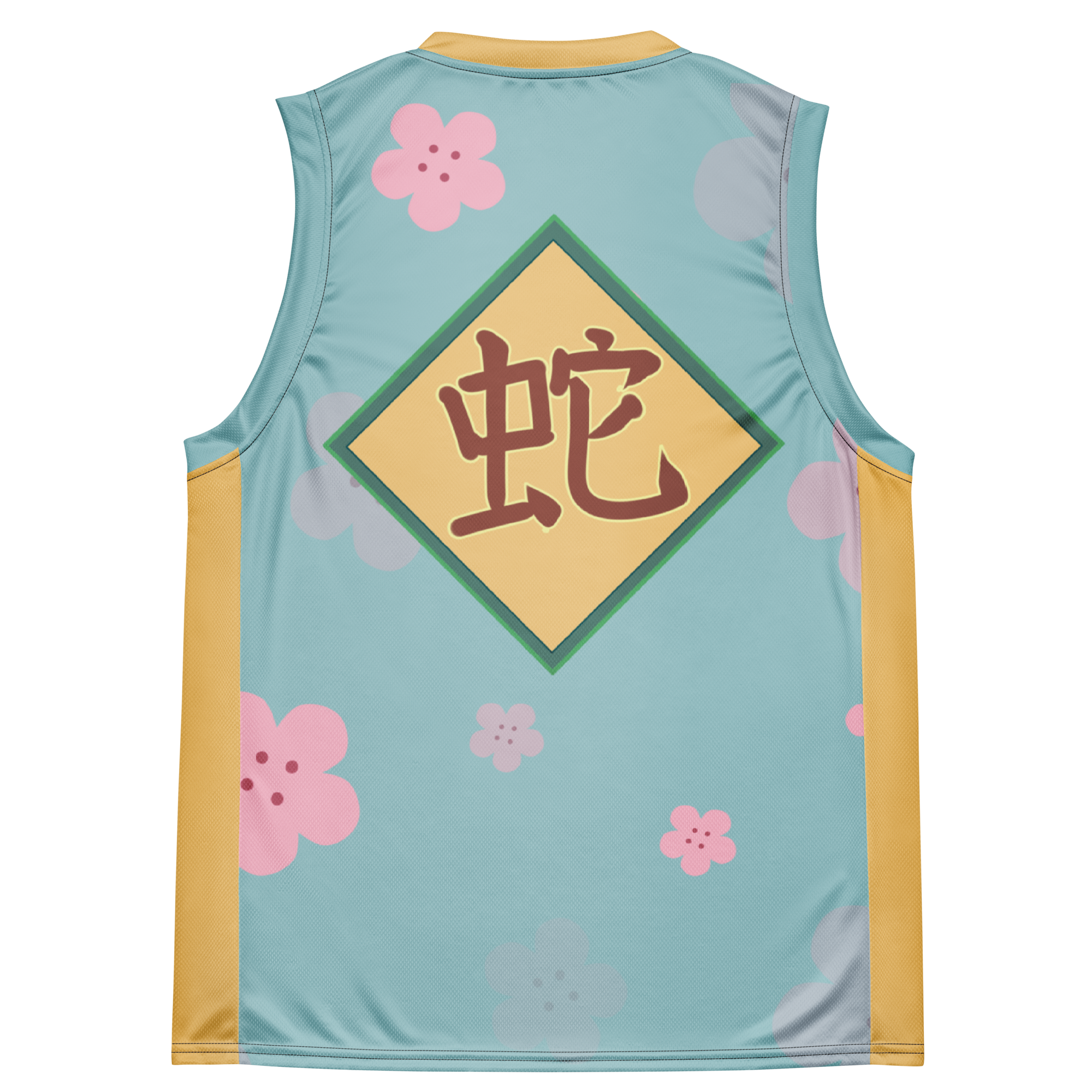
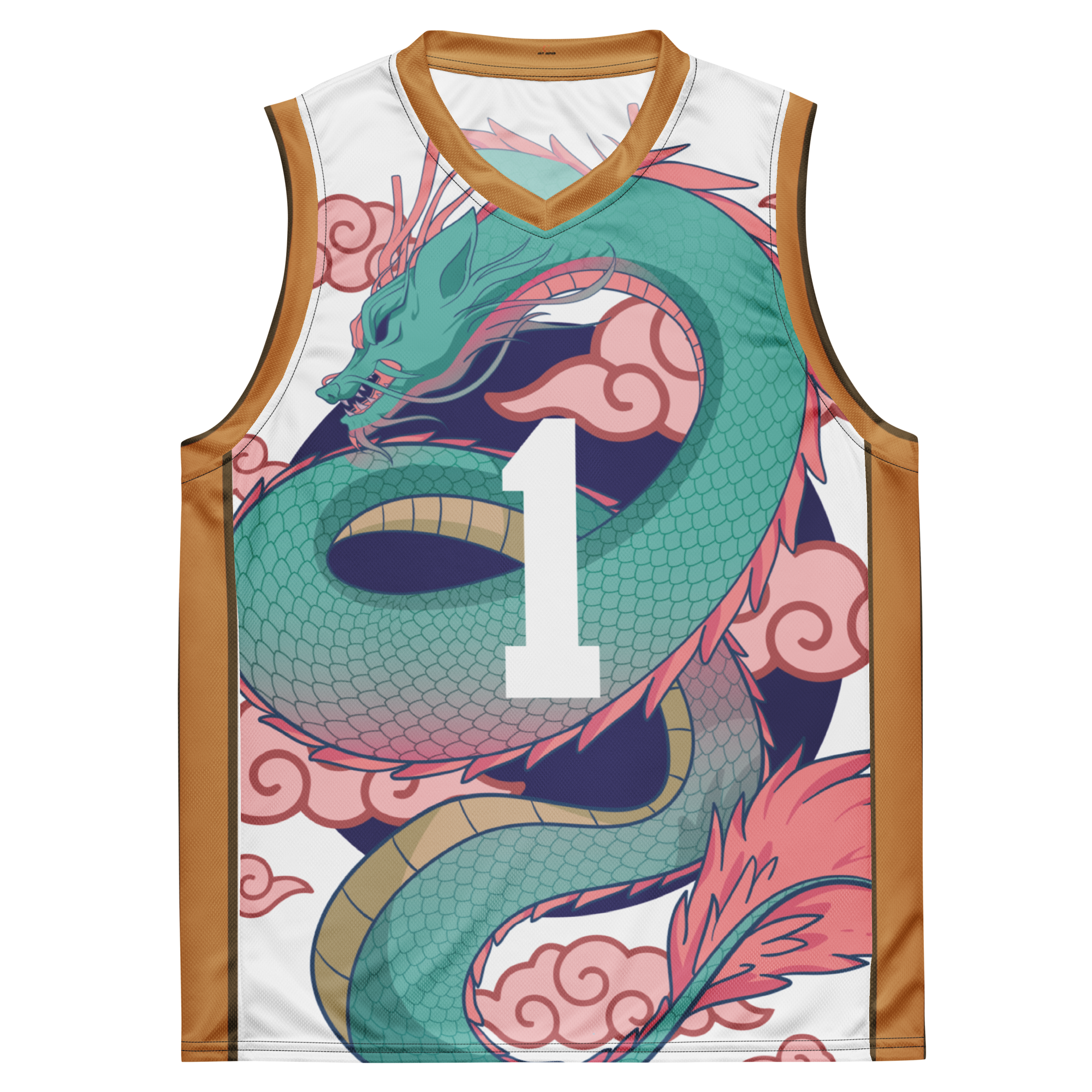
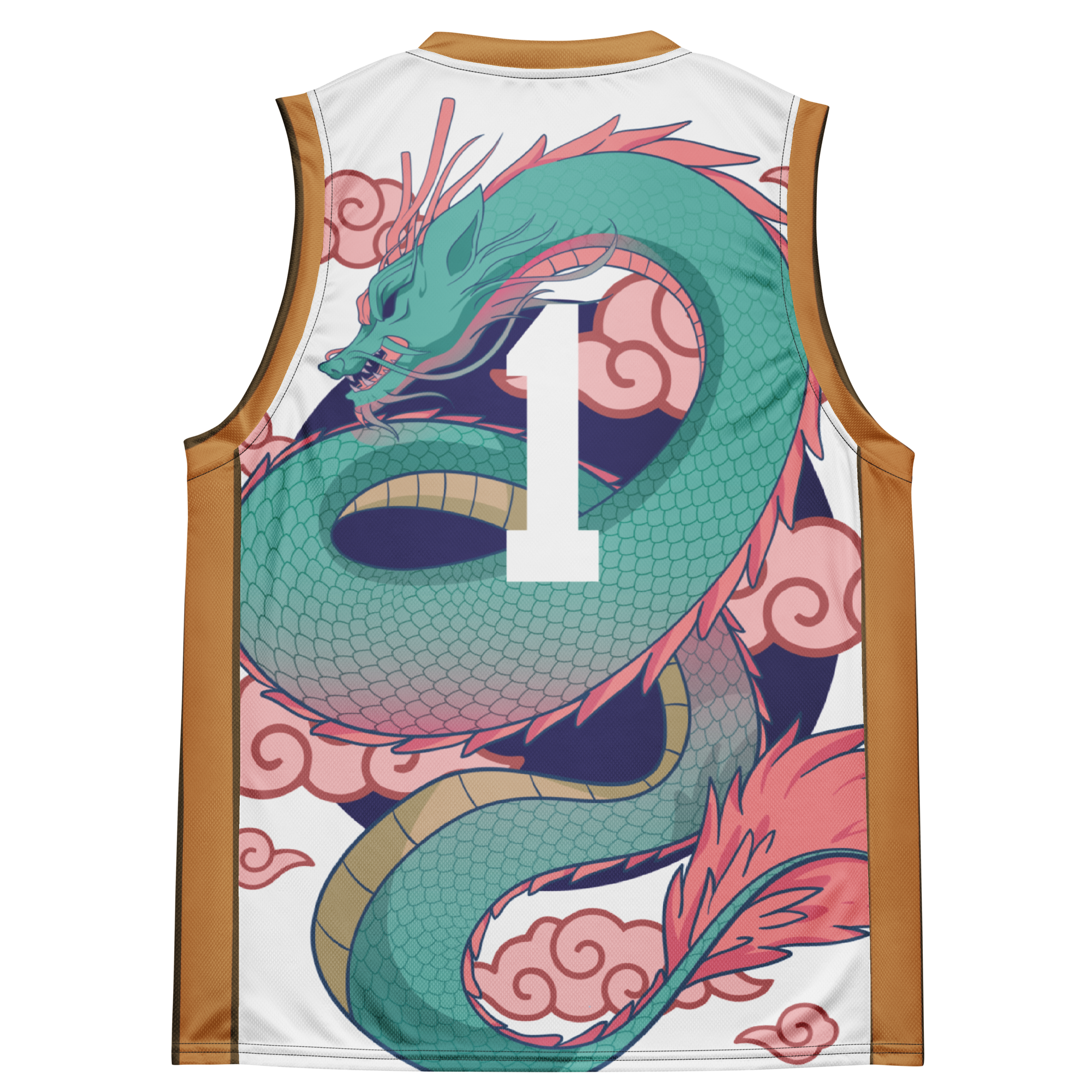
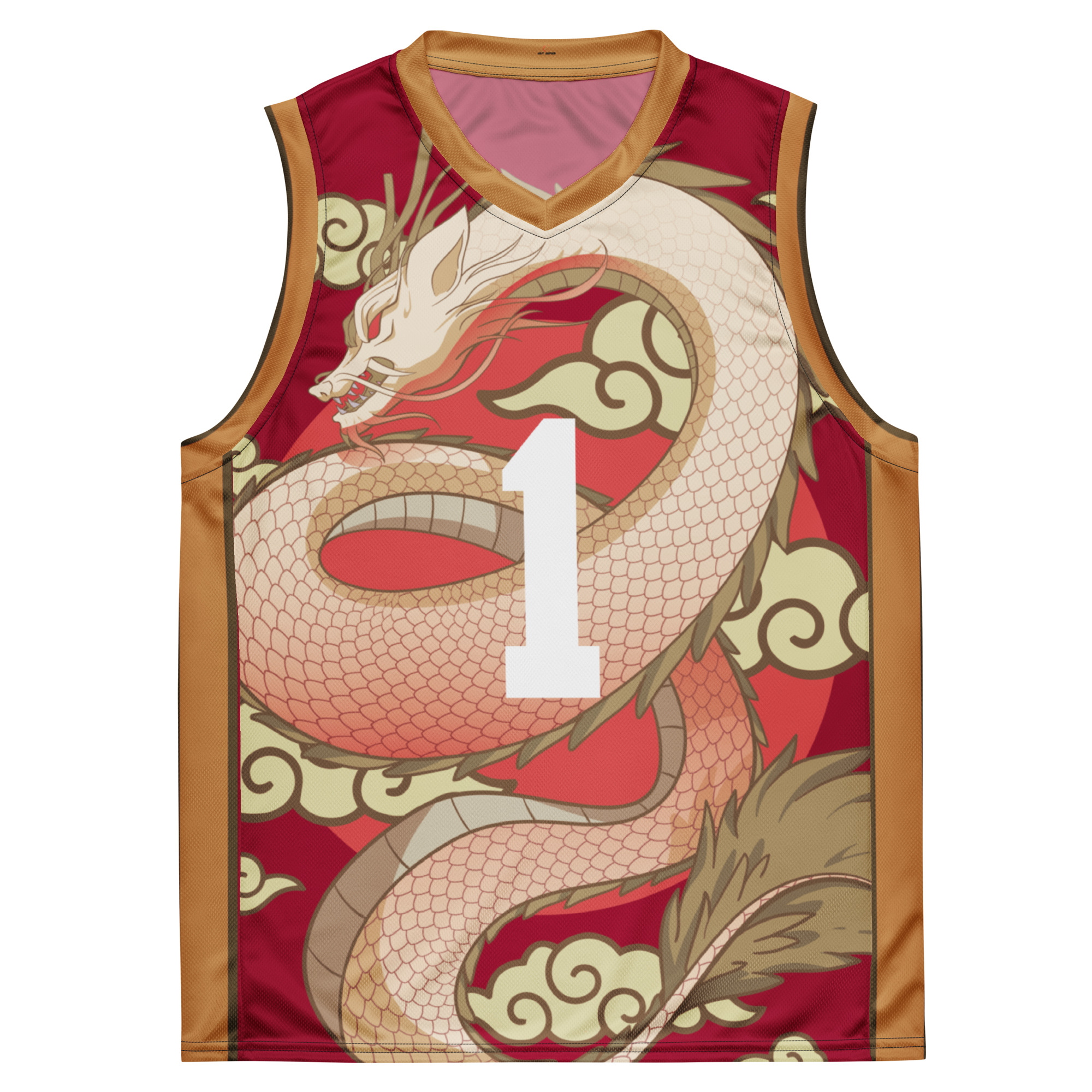
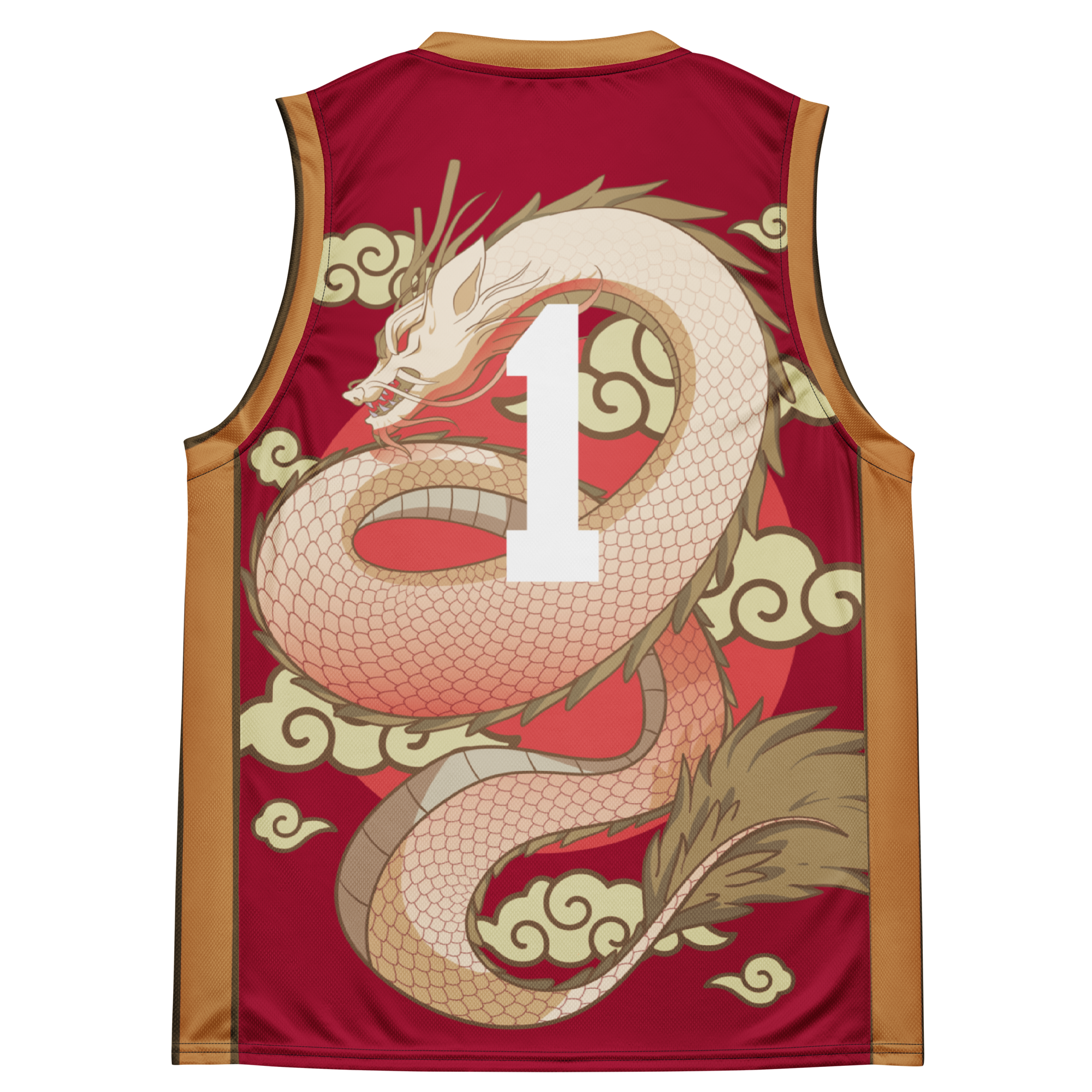
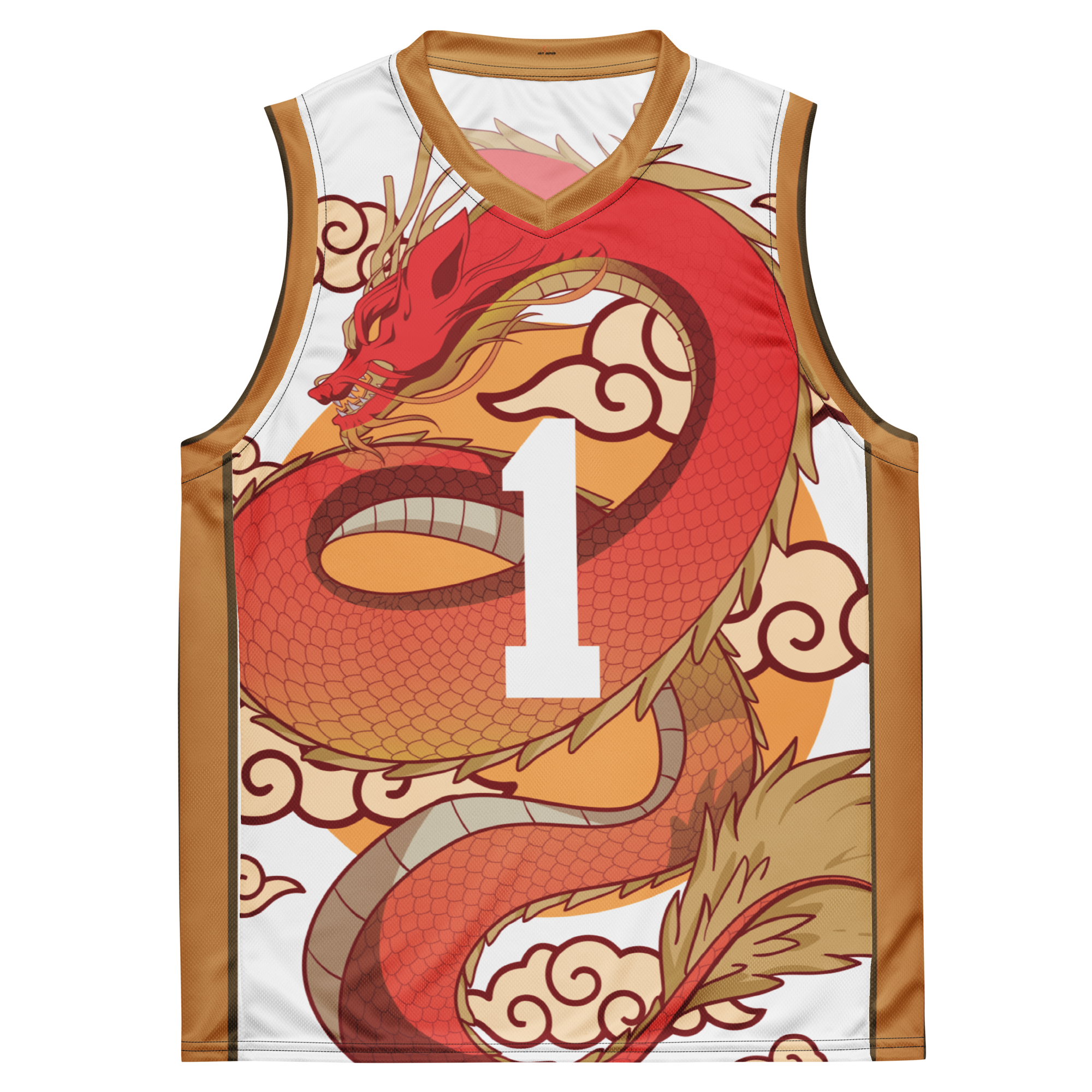
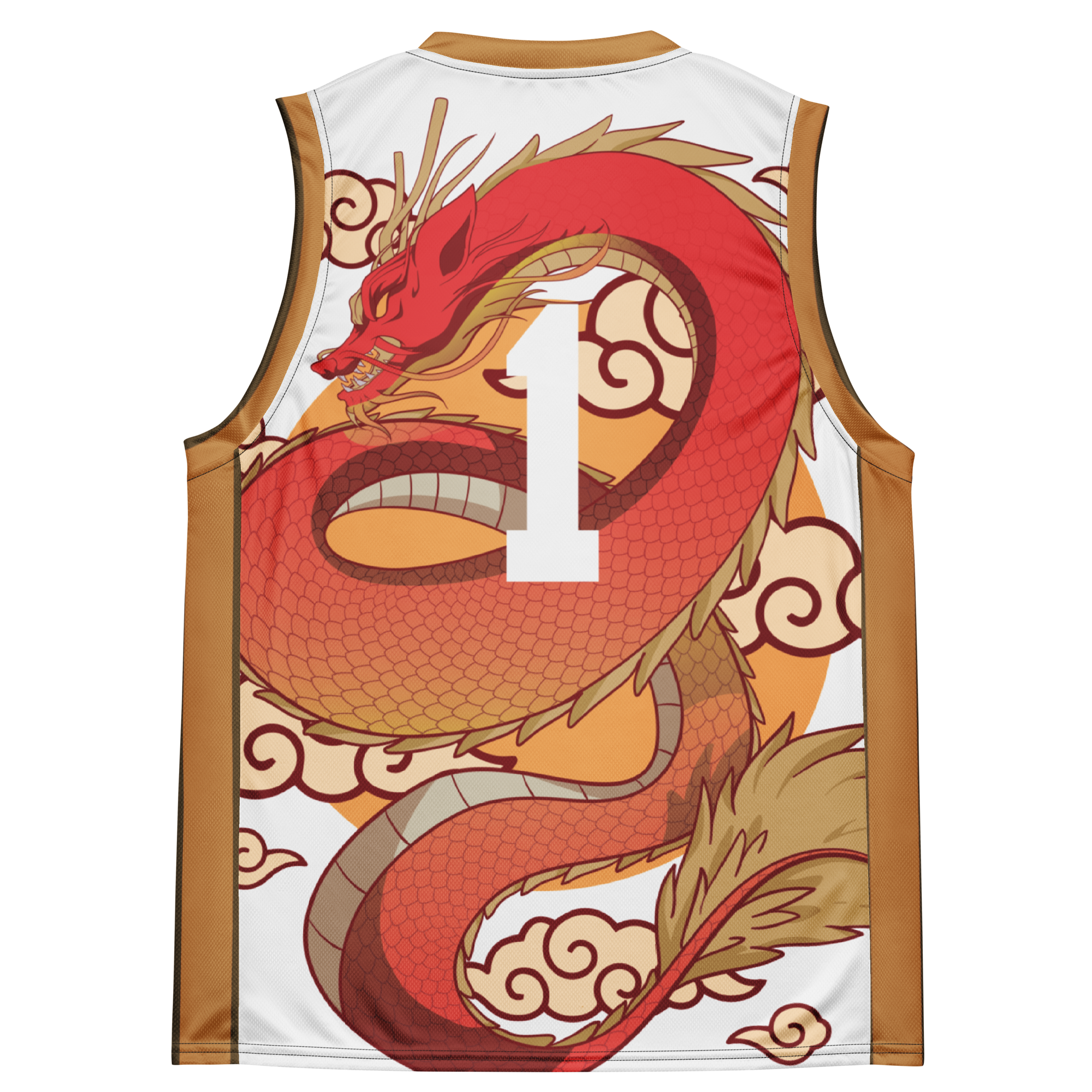
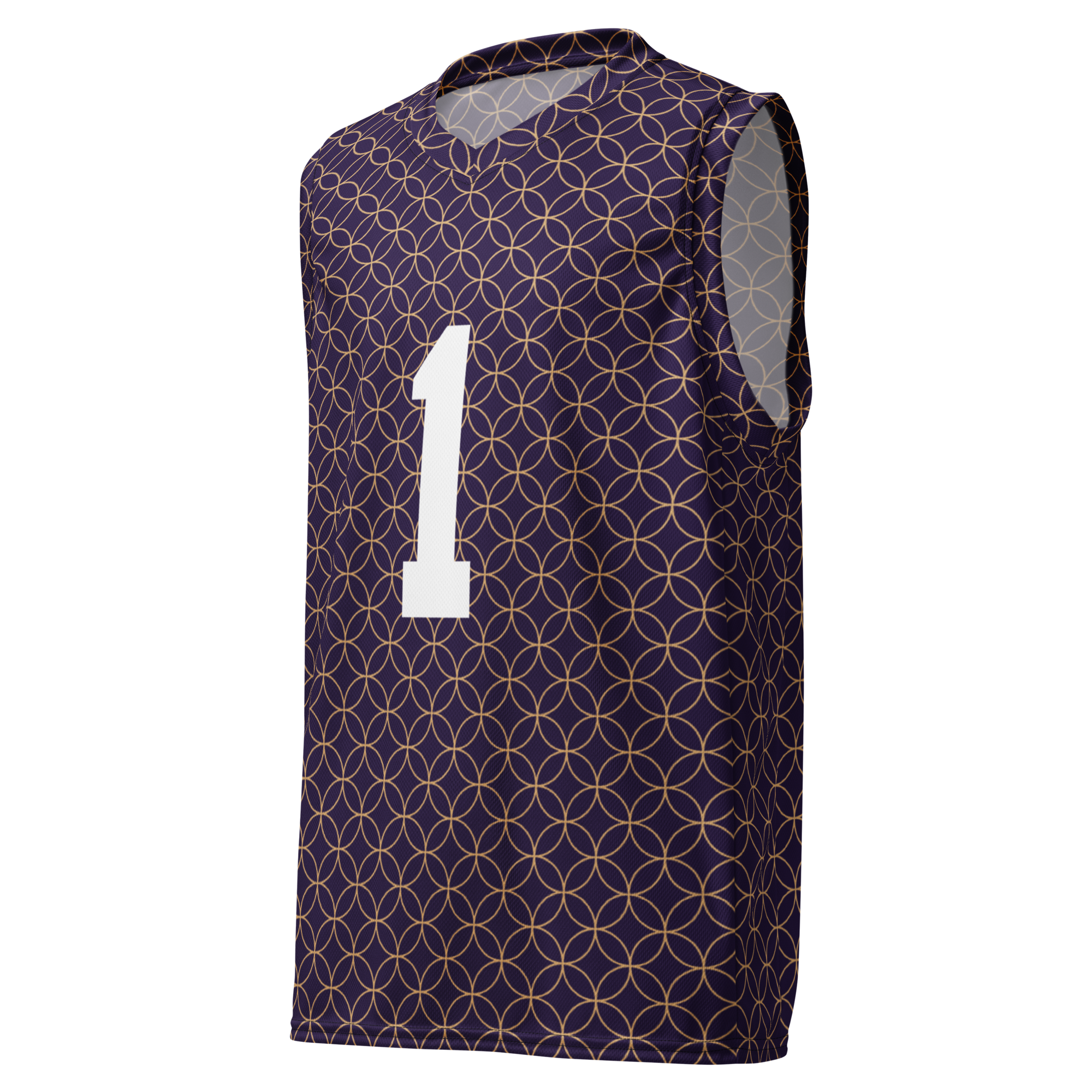
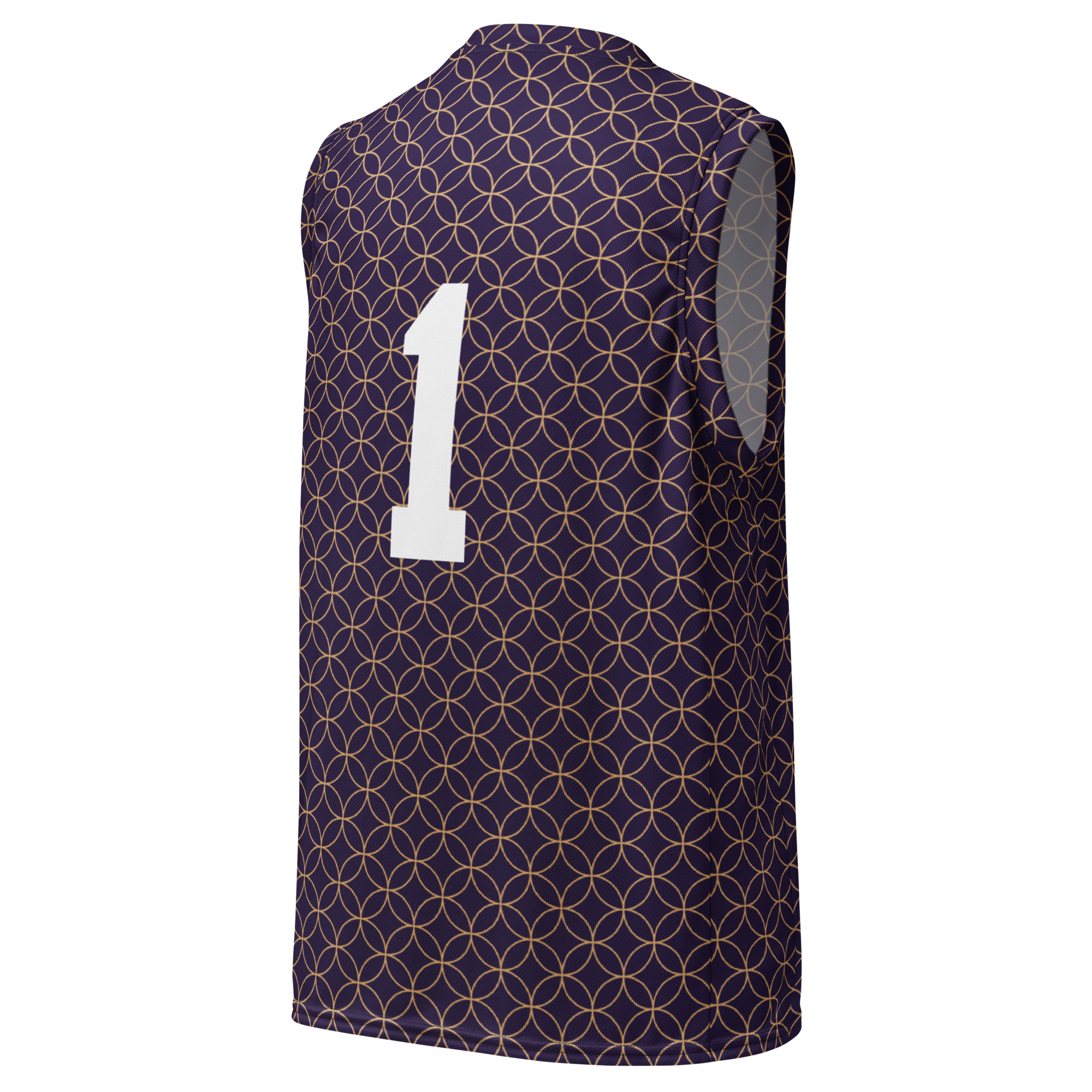
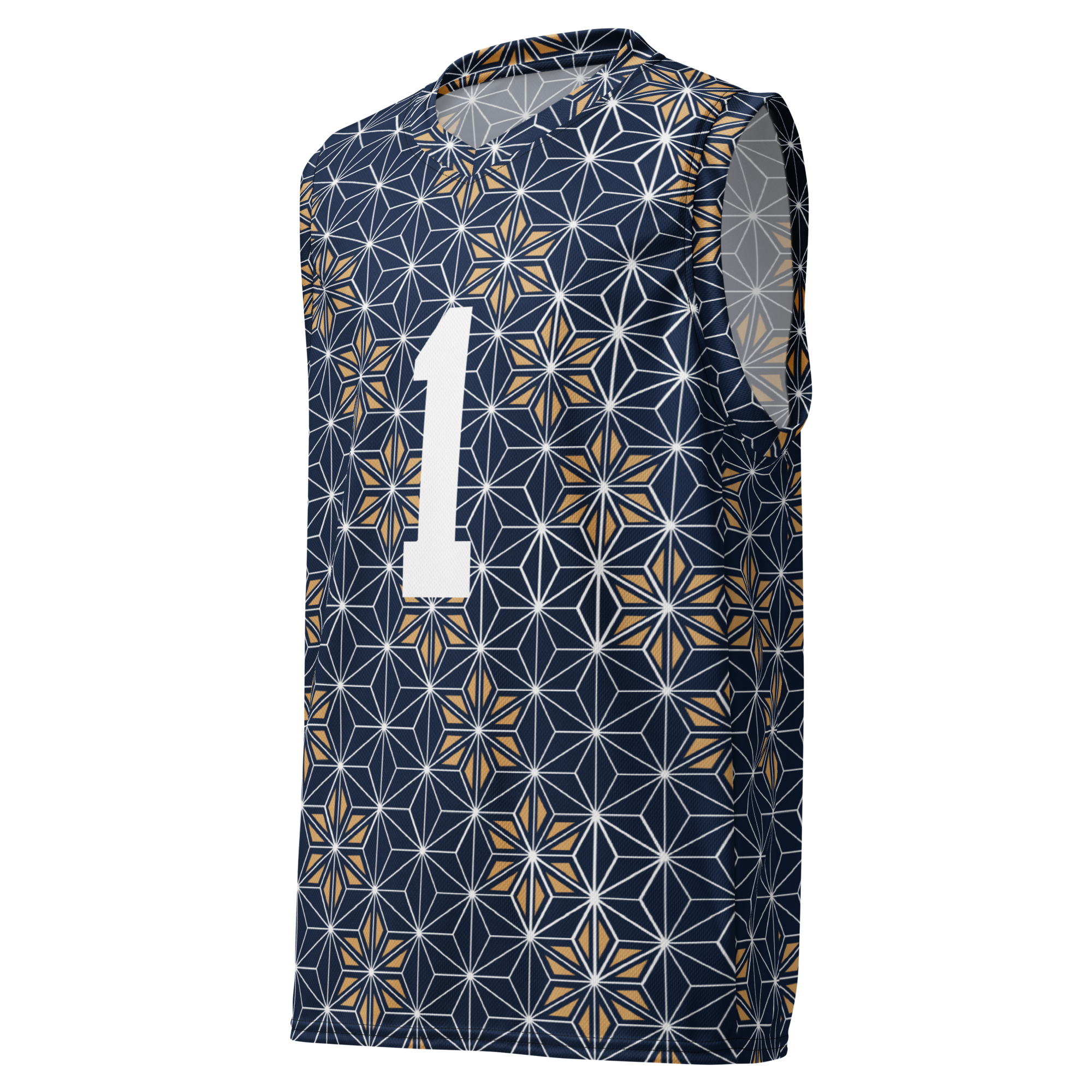
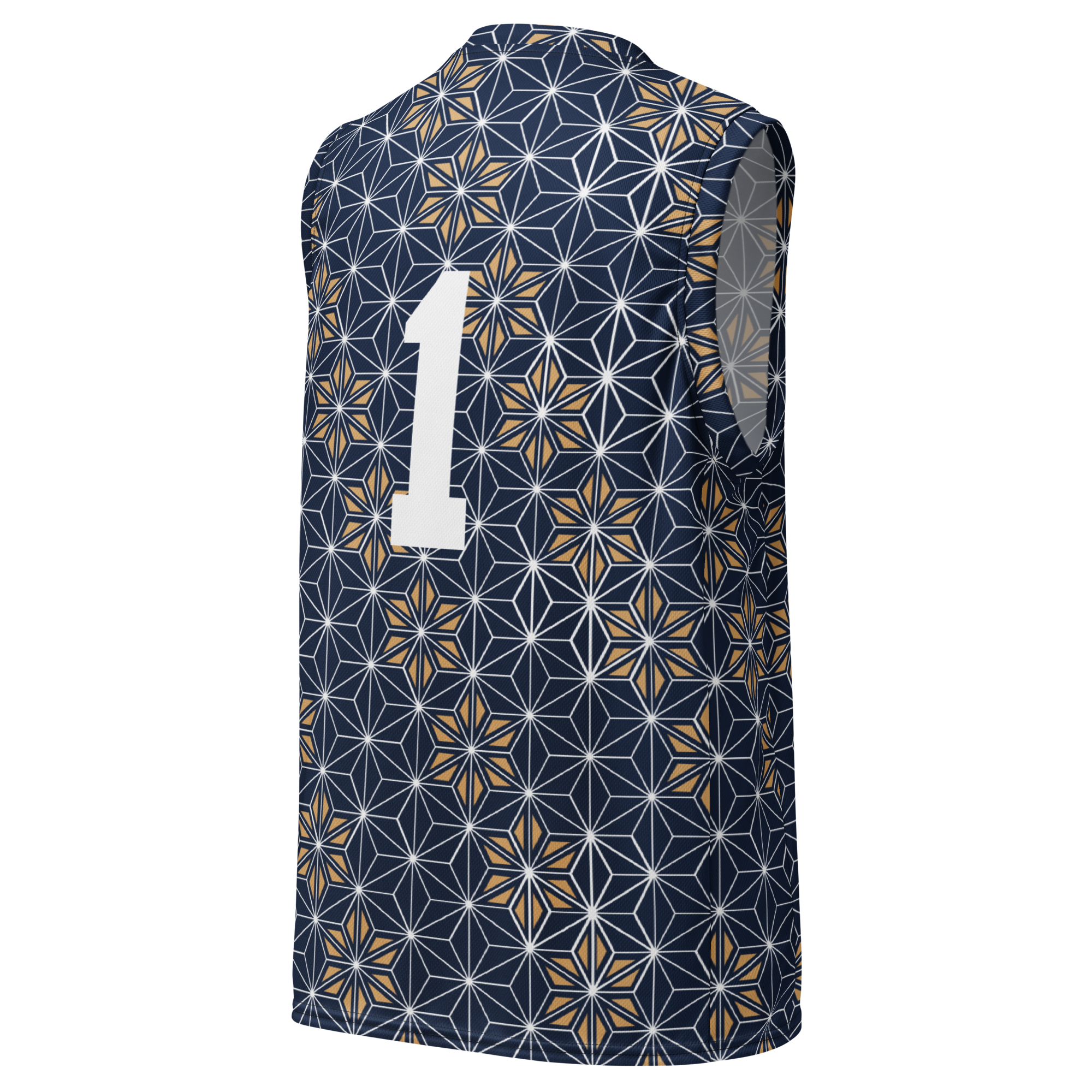
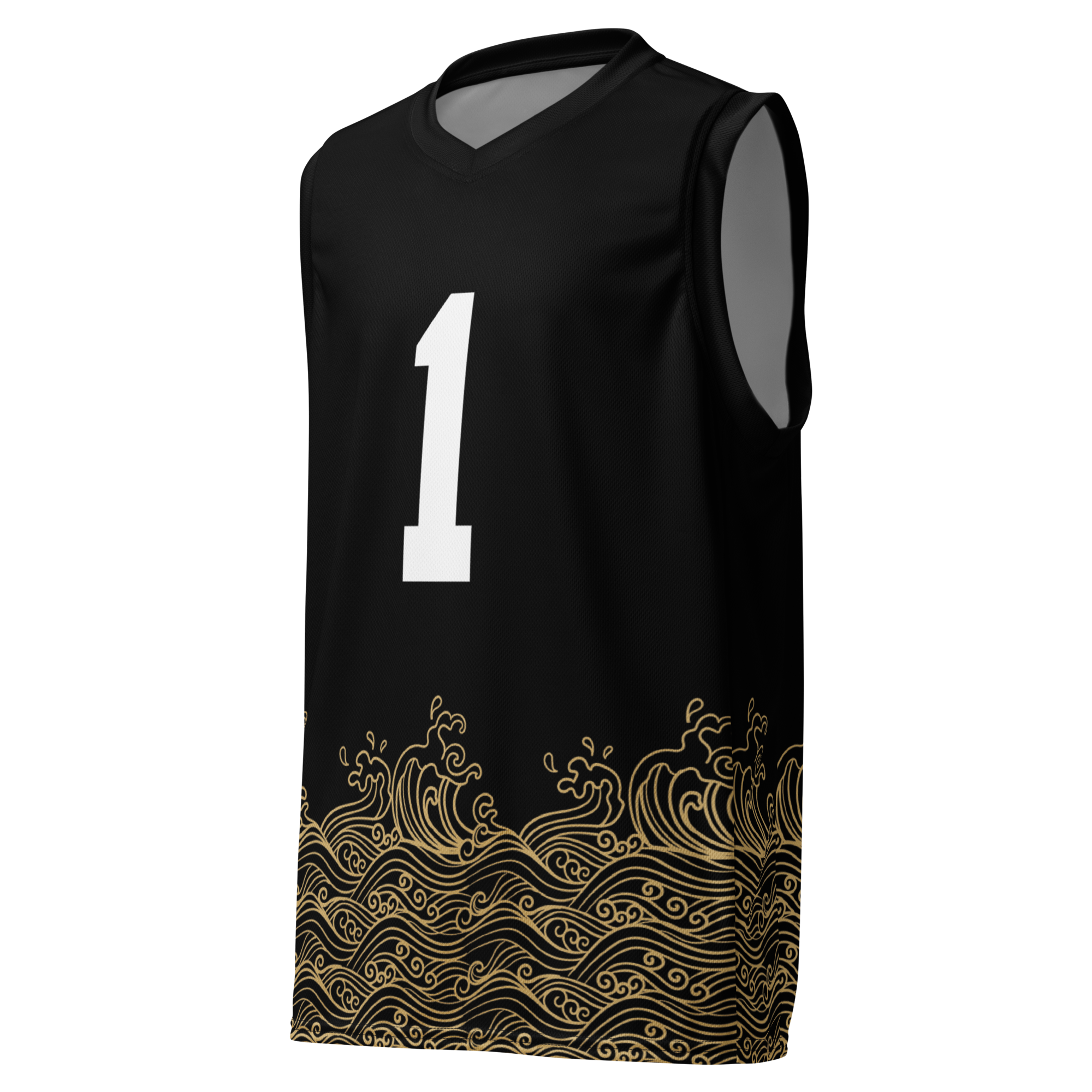
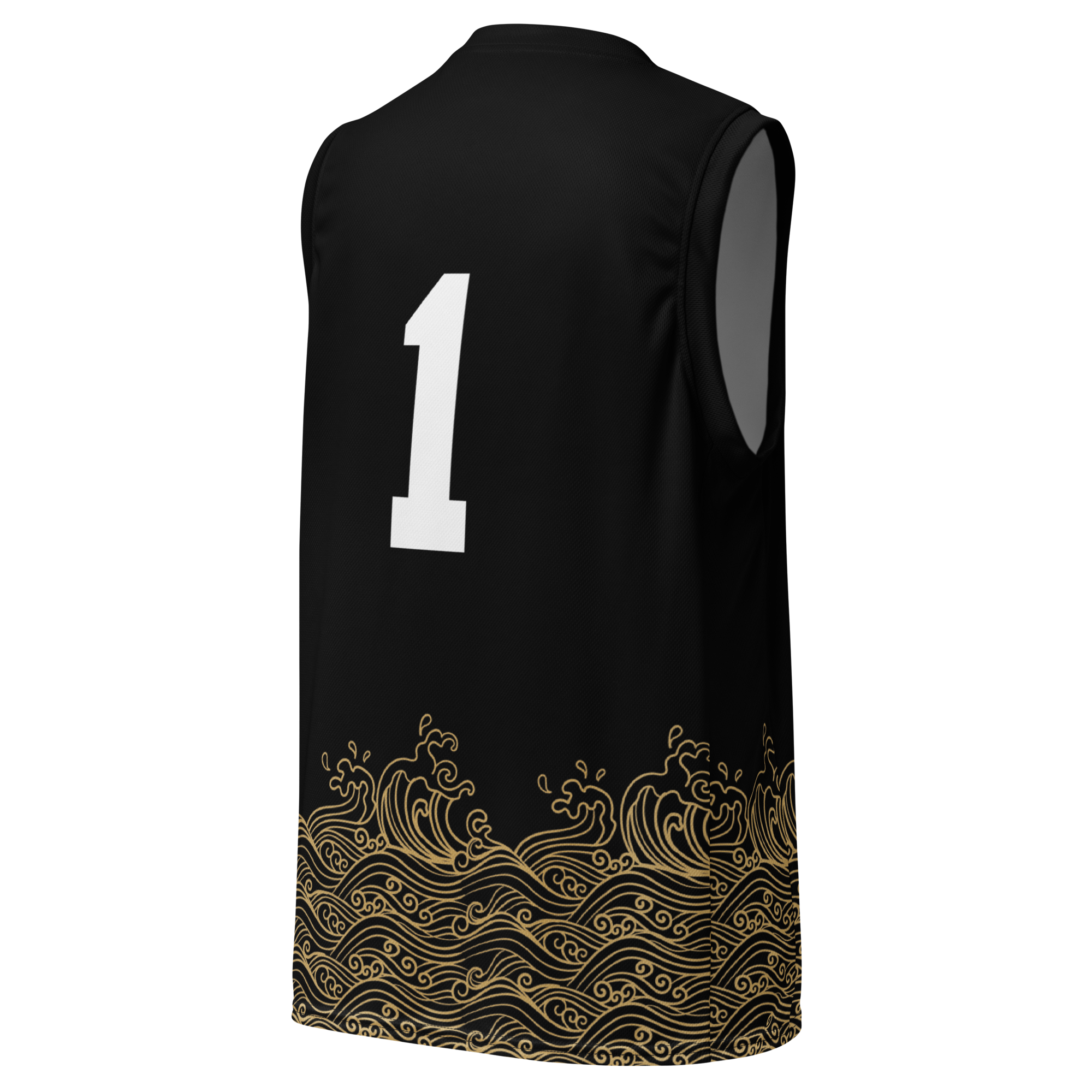
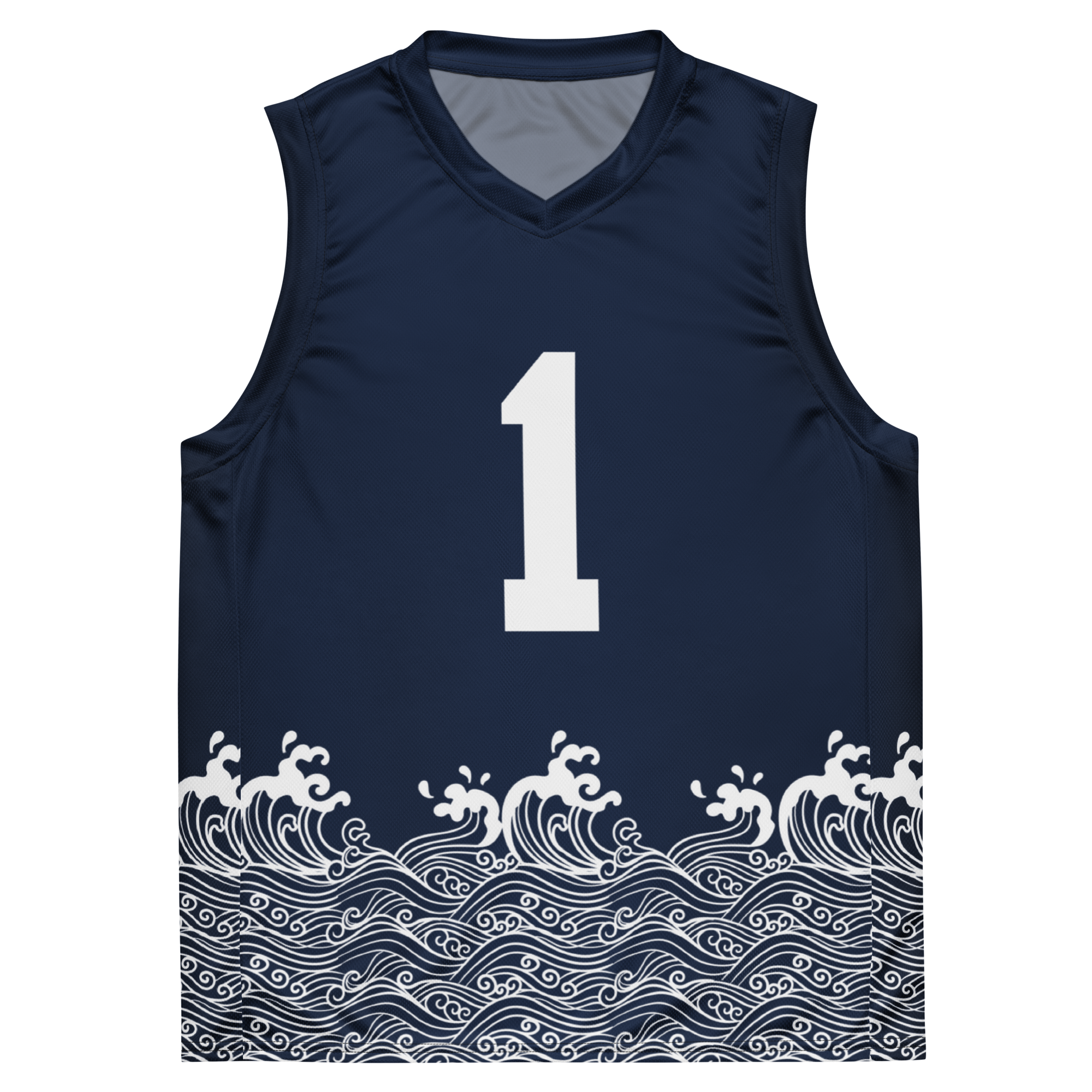
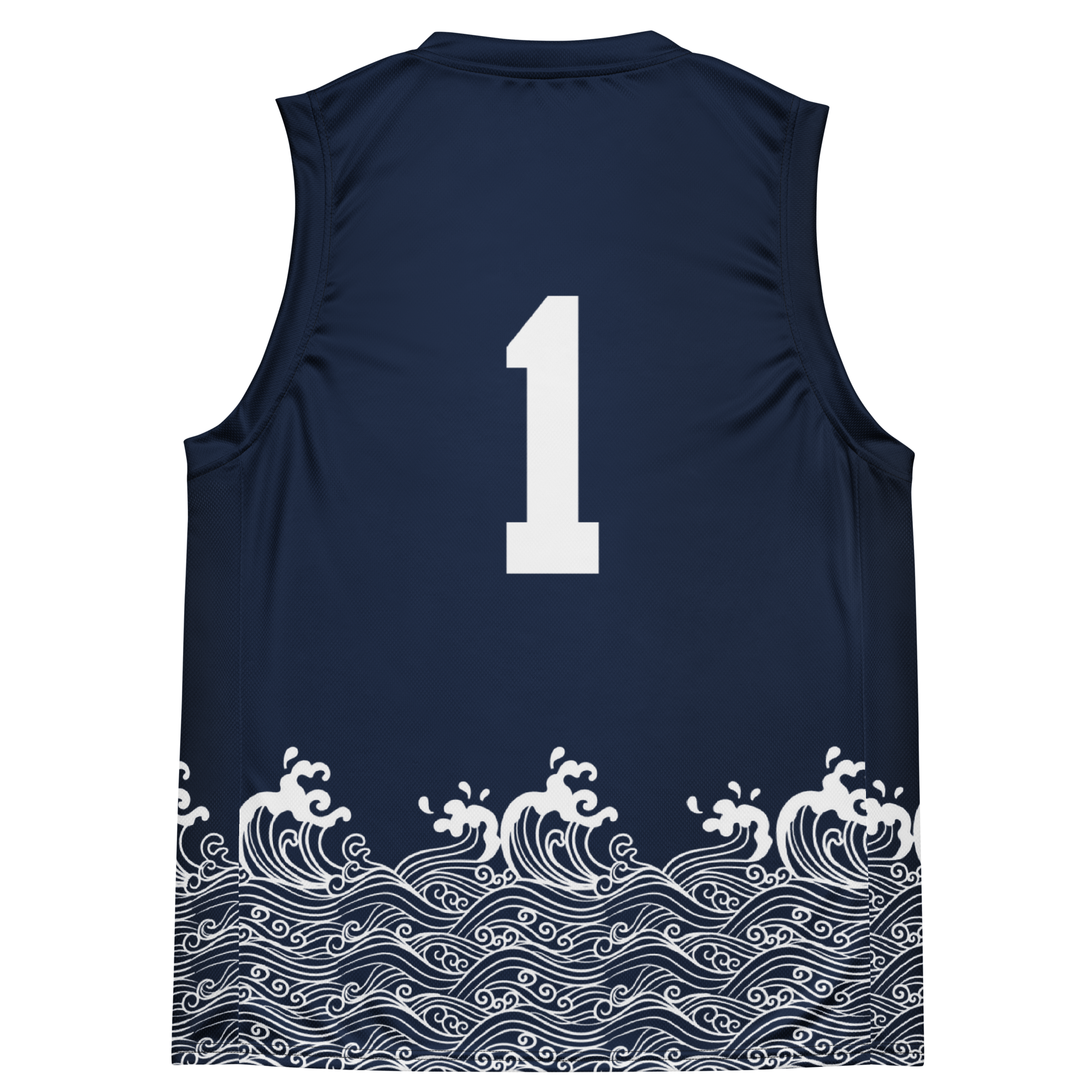
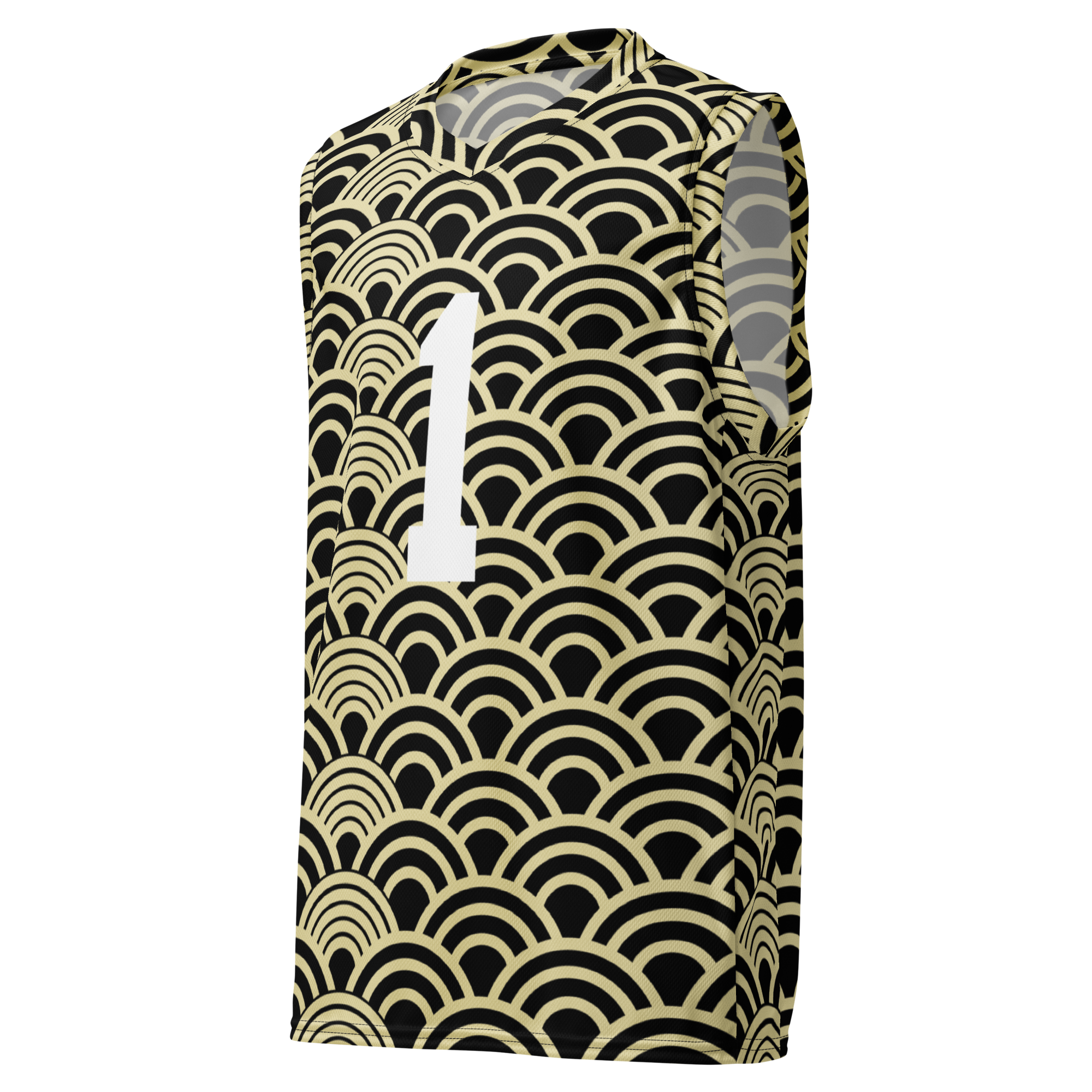
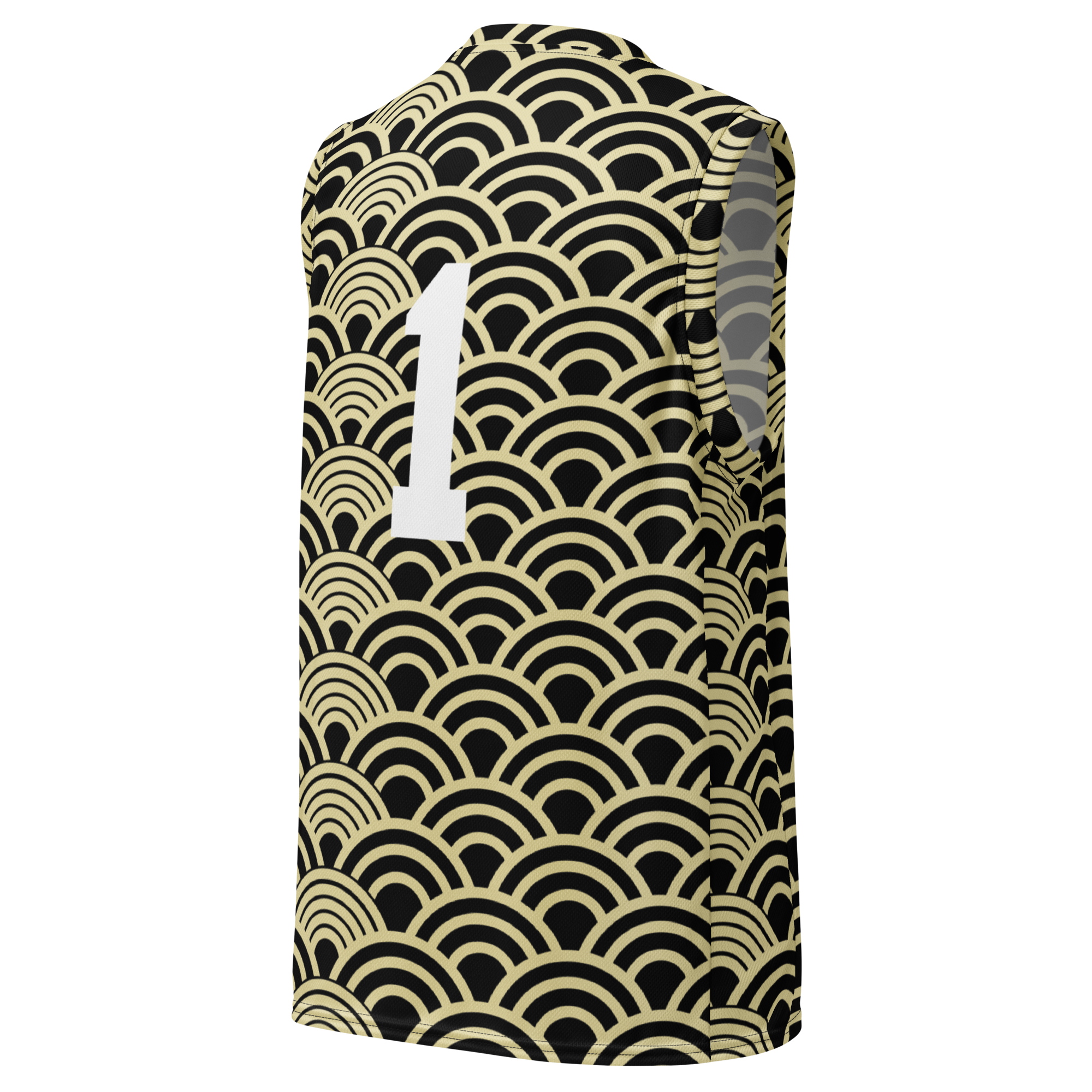
Dejar un comentario